SUNY Cortland Timeline
New York State Issues Normal School Charter
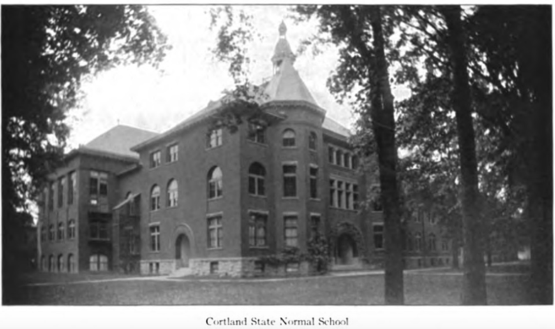
In 1844, inspired by similar institutions in Massachusetts, New York State established an experimental normal school in Albany with the sole purpose of training future teachers. The school’s success prompted the state legislature to establish four more normal schools and commit $12,000 annually to cover each school’s operating costs. Chairman of the Board of Trustees of the Cortlandville Academy Horatio Ballard used his numerous political connections to secure one of these four charters for the village of Cortland. The village offered $100,000 and a plot of land in the center of town for the construction of the new school. The Cortlandville Academy also gave its land to the Normal School on the condition that it would always contain a free secondary school for village children.
1866Dedication of Original Cornerstone
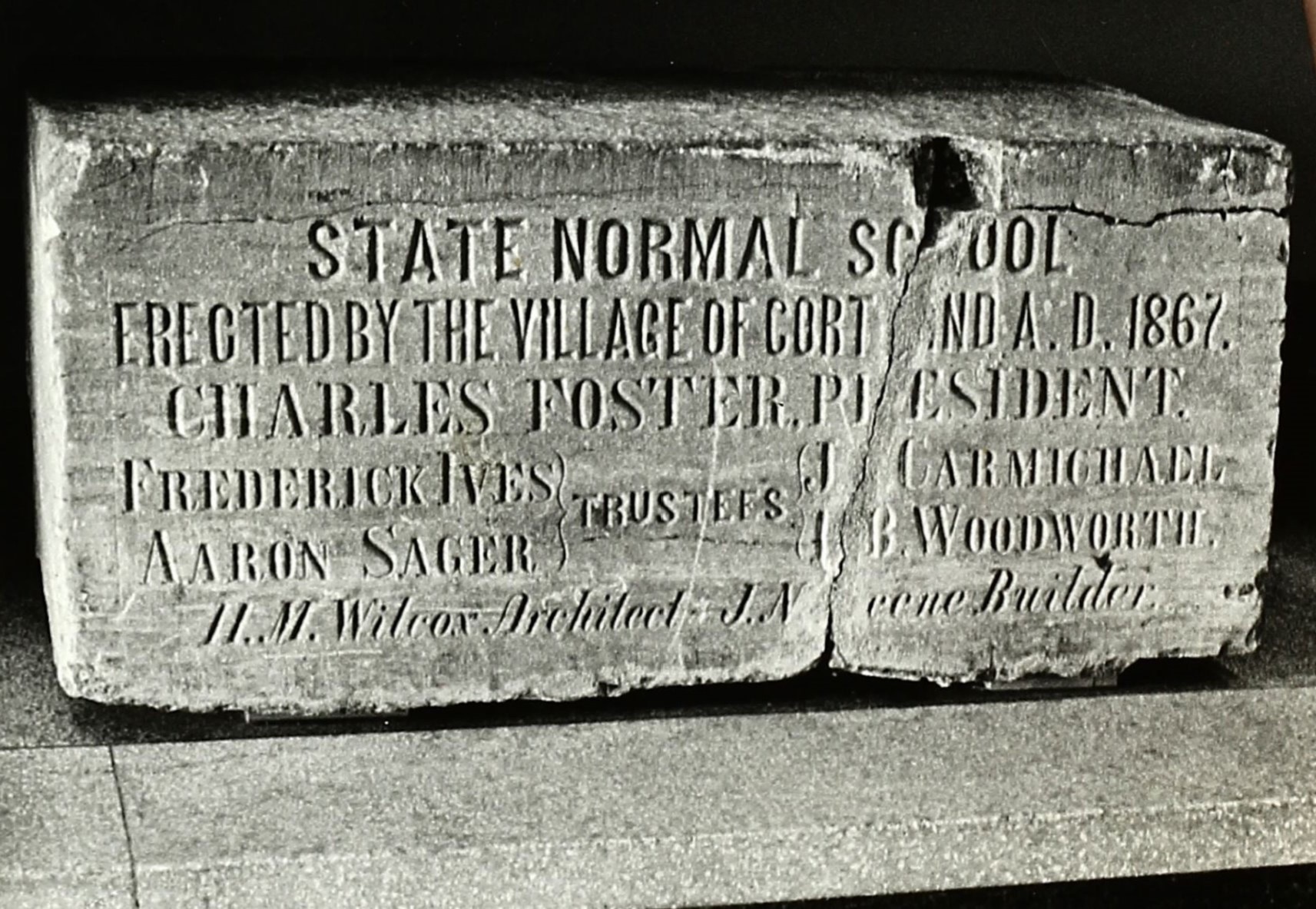
On September 17th, 1867, the cornerstone was laid for Cortland’s new normal school. The day marked the start of the school’s construction on Church Street (current site of the Cortland County Courthouse). In her book, Our Alma Mater, Bessie Park wrote: “It was the largest, grandest, most elegant and most imposing demonstration ever witnessed in Cortland County.” The local masons’ lodge organized an elaborate ceremony with bands that traveled from Syracuse, Binghamton, Homer, and Groton. Attendees came from the entire region and filled the streets of downtown Cortland. Before the stone was laid, a box containing memorabilia including coins, bills, and a newspaper was placed underneath it. According to the local newspaper, the celebration was “a day that will long be remembered with pride and pleasure by all who witnessed it.”
1867Building and Oversight
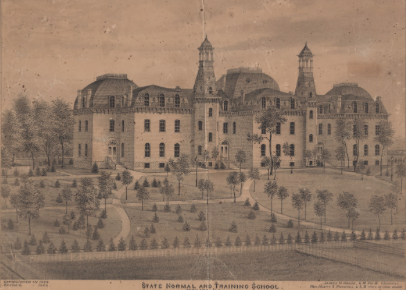
The year 1868 marks the beginning of the Cortland Normal School's construction and the appointment of its Local Board of Trustees: Henry S. Randall, ex-secretary of state of New York; R. Holland Duell, ex-congressman, ex-commissioner of patents and Cortland County Judge; Frederick Hyde, M.D.; Horatio Ballard, ex-secretary of state of New York; and businessmen Henry Brewer, Charles C. Taylor, Norman Chamberlain, Arnold Stafford, and William S. Newkirk. Both the building's construction and the appointment of a Local Board of Trustees symbolized the actualization of the physical and human side of what would become the Normal School. The Local Board was responsible for the operation and maintenance of the school, including the initial hiring of administrators, faculty, and staff. Serving for an average of twenty years, the Local Board’s commitment, and by extension the community’s, is best summarized in the statement, “It was not just the Cortland Normal School, it was Cortland’s Normal School.”
1868Principal James Harmon Hoose
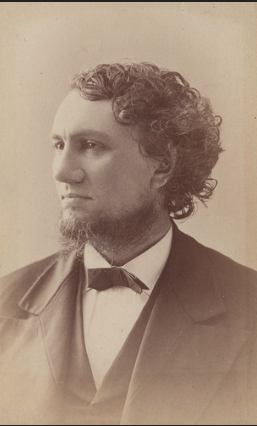
Dr. Hoose was the first principal in the history of the Cortland Normal School, serving from 1869 to 1891. Dr. Hoose was a controversial figure as he was dismissed in 1891 after engaging in political fights with the State and the Local Board, though he will be remembered as helping set the foundation of Cortland as a prestigious teaching school.
1869-91Classes Begin
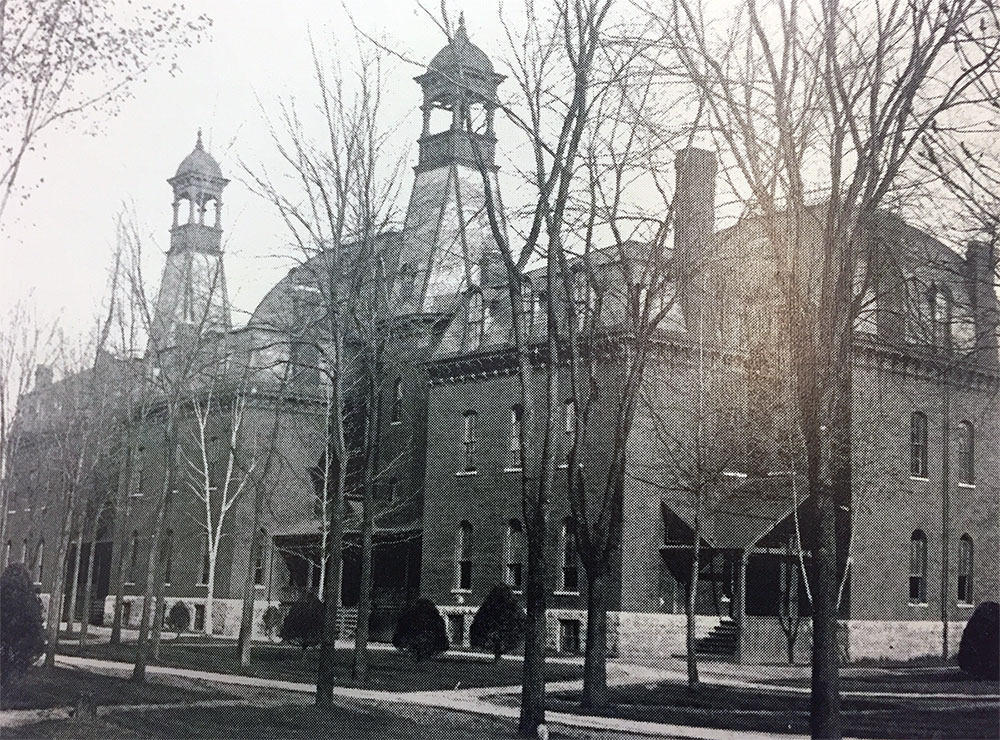
Cortland Normal School classes began on March 3, 1869. To attend, students had to be at least sixteen years old. They chose a program of study among the three offered: Elementary English, Advanced English, and Classics. Tuition and books were free.
1869First Student Newspaper
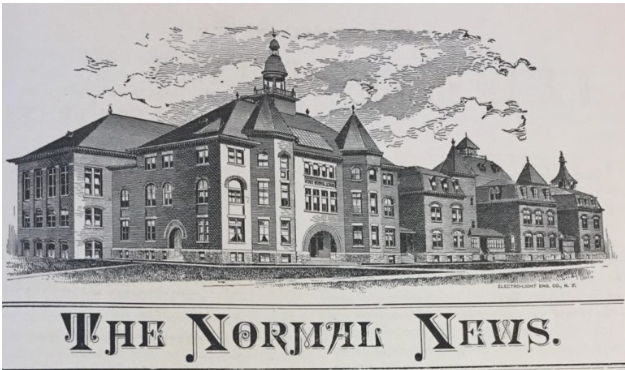
Students published their first newspaper, the Index Normalis, just four months after the Normal School held its first class. Though the paper lasted only one term, it began a tradition of Cortland students taking to the press to share their opinions and report on campus culture and athletic events. Since 1869, the College has published five student newspapers; The Normal News (1879-1925), the Co-No Press (1925-1942), the Hilltop Press (1942-1971), The Press (1971-1990), and most recently the Dragon Chronicle (1990-present).
1869Boiler Fire in the Cortland Normal School

Just before 10:00 AM on February 21, 1870 a newly installed boiler exploded, killing boiler engineer Henry Dains. Mr. Dains’ assistant, Curtis Mosso, was also injured. Weak iron used in the boiler's construction was believed to be the cause of the explosion.
1870Cortland Normal Alumni Association
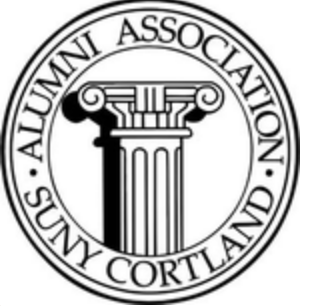
The Cortland Normal Alumni Association was founded on June 30th 1872, however, the first meeting would not be for another three years. The main function of the Association was to coordinate reunions and keep alumni informed about campus happenings. The Association was strengthened by President Donnal V. Smith and Bessie Park in the late 1940s, with the organization of the alumni clubs throughout New York State. The Association was then reorganized in 1964 under President Kenneth Young, who made it part of the Office of College Relations and Development. In 1979, under James M. Clark’s presidency, the role of the Association was revised once again to increase alumni involvement in the recruitment of prospective students. During the early 2000’s, under the presidency of Judson H. Taylor, the Alumni Association as well as Alumni Affairs were united under the Division of Institutional Advancement. The Division includes the College Foundation and its Development Program, Public Relations, Sports Information, Communications, and Electronic Media, together these organizations successfully run fundraising campaigns and strengthen ties between alumni, faculty, and staff. It is this idea of ties and community that is still sought after today.
1872First African-American Graduate
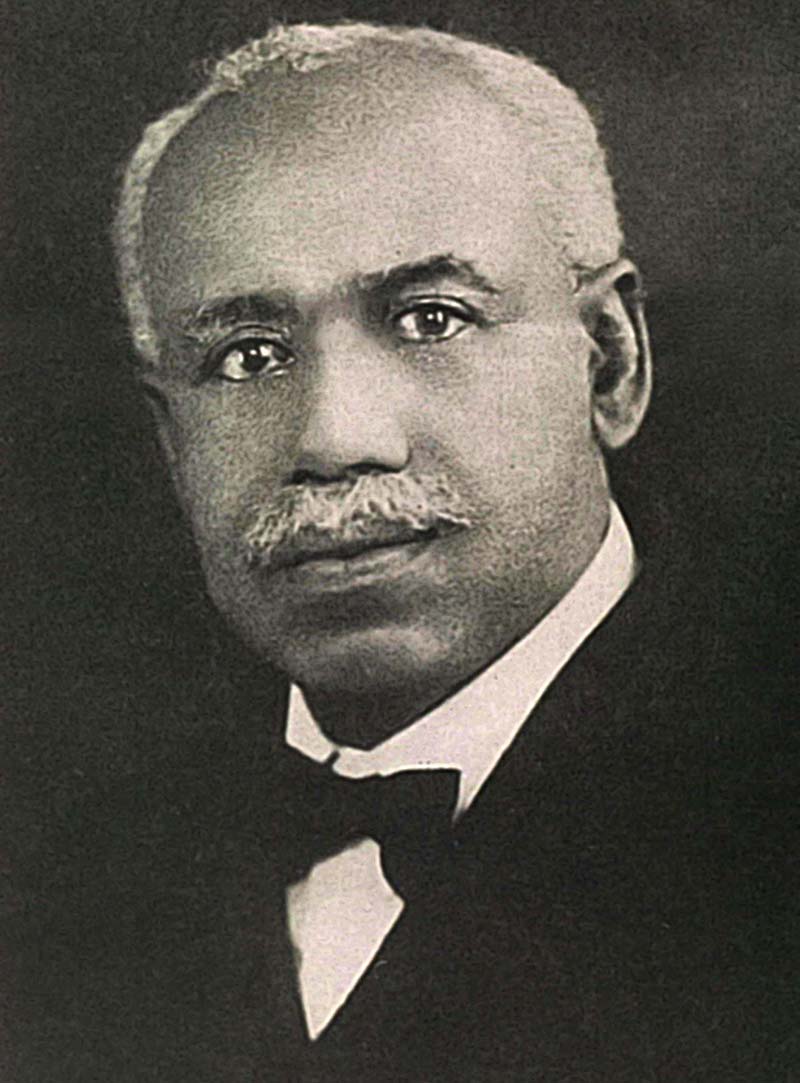
In June 1889, Abraham Lincoln DeMond was the first African-American student to graduate from the Cortland Normal School. The son of a former slave, DeMond hailed from Townsendville, New York. Following graduation, DeMond studied seminary at Howard University. He then taught and served as pastor for several black parishes throughout the United States, including the Dexter Avenue Baptist Church in Montgomery, Alabama — a church which would later reach prominence as Dr. Martin Luther King Jr.’s home church. On New Year’s Day 1900, he delivered his most famous oration, “The Negro Element in American Life,” which was a dedication to African-Americans’ contributions to America.
1889Principal Francis John Cheney
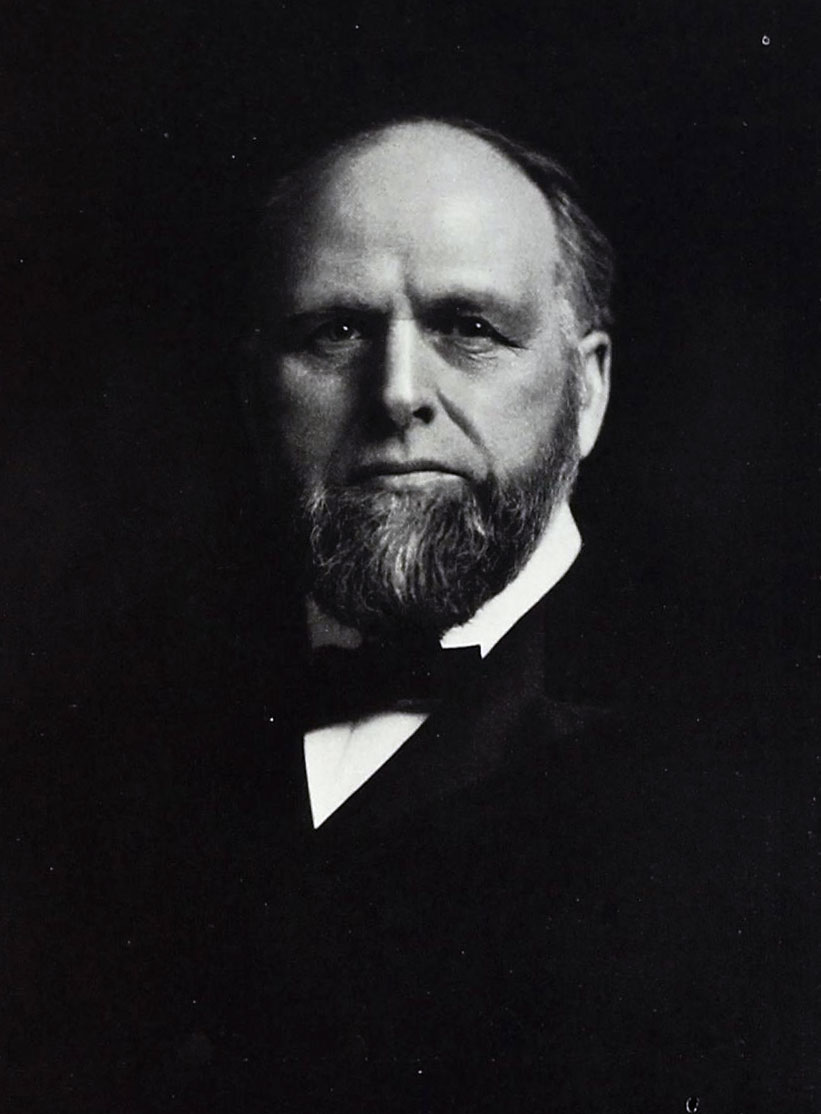
Dr. Francis John Cheney was the second principal of the Cortland State Normal School, taking the position in the aftermath of Principal Hoose's controversial removal. He was known best for his deep commitment to the larger Cortland community and served a number of city boards and community organizations. Principal Cheney was a unifying figure who left a legacy of sound academic training at Cortland’s Normal School. In 1962, in his honor, the College renamed North Hall, Cheney Hall.
1891-1912Football at Cortland Normal School
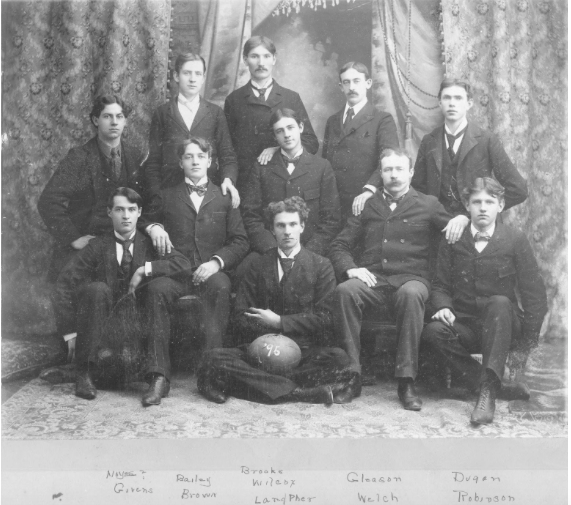
The football program at the Cortland Normal School debuted during the 1893 season. Despite being undefeated in 1896 and 1899, lack of male enrollment caused the team’s record to decline. However, in 1932 the football program was revitalized by Hall of Fame coach “Chugger” Davis.
1893J. Anna Norris
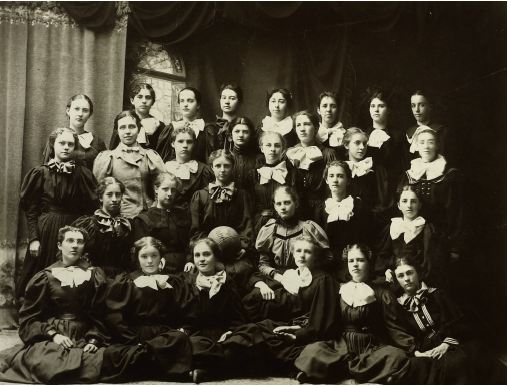
J. Anna Norris was the first teacher of “physical culture” at the Cortland Normal School from 1895 to 1897. Norris is most notable for introducing women’s basketball to Cortland which became, “the extra-curricular activity for women.”
1895First International Student Graduates
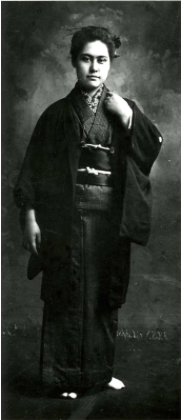
Mary Kirby Nakamura, a Japanese national, graduated from the Cortland Normal School in 1900. Following her graduation, Nakamura returned to Japan, where she married the son of a wealthy landowner and spent the remainder of her days teaching English to schoolchildren.
1900New Admission Requirements and Program of Study
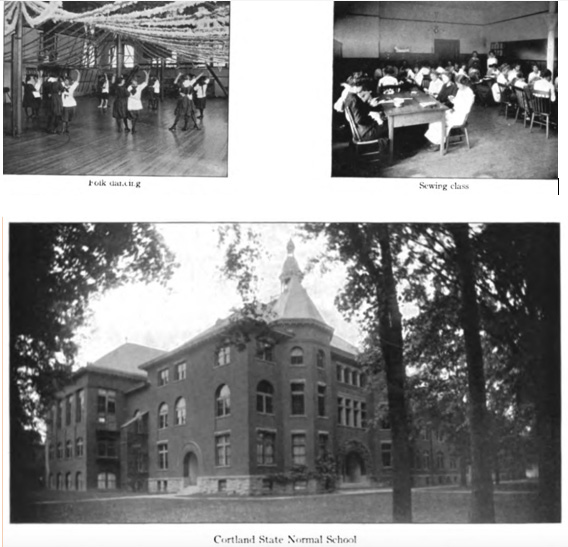
The state raised admission standards and required a high school diploma of all entering students. The state also reduced the curriculum of its normal schools to a single, two-year curriculum concentrated on the foundations of education, methods of instruction in various elementary grade subjects, and practice teaching. With a focus on methods and practice teaching, almost all academic courses were removed from the curriculum.
1905Training Teachers of Agriculture

In 1911, under the leadership of the Department of Science Head Layton S. Hawkins, Cortland Normal School created a two-year program for the training of teachers of agriculture. Seven men registered in its first class. Hawkins developed the program’s curriculum with faculty member A.K. Getman. Other instructors who taught in the program during its six-year run include L.W. Crittenden, Clifford C. Otis, and S.W. Brodie. The program continued until the 1917 passage of the Smith-Hughes Act when the regents designated the State College of Agriculture at Cornell the training center for instructors of agriculture. By that time, Hawkins and Getman left Cortland to work for the New York Department of Education as specialists in agricultural education.
1911Principal Harry DeWitt DeGroat
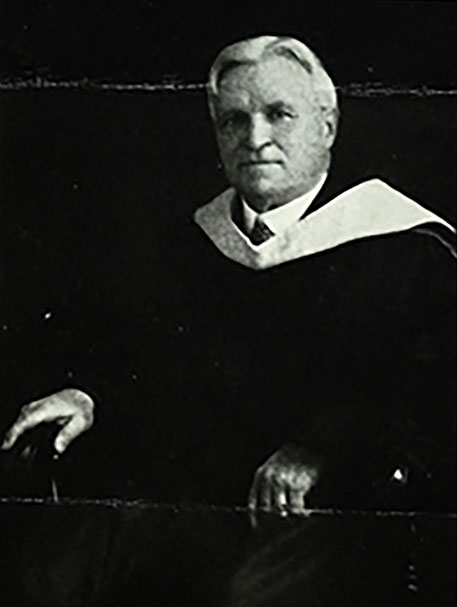
Principal DeGroat was the third principal of Cortland Normal School, serving from 1912 to 1943. Under his tenure, the College underwent great change including the loss and relocation of its campus due to fire. Principal DeGroat’s greatest impact was his encouragement of traditions that shaped the culture of the College, including his commission of the Alma Mater that we still use today.
1912-44Alma Mater
President Harry DeWitt DeGroat commissioned English Department Chair Ulysses Axtell to write Cortland Normal School’s anthem. Despite President Kenneth E. Young’s efforts in 1966 to form a committee to modernize the anthem, Axtell’s version endures.
1914Bessie L. Park
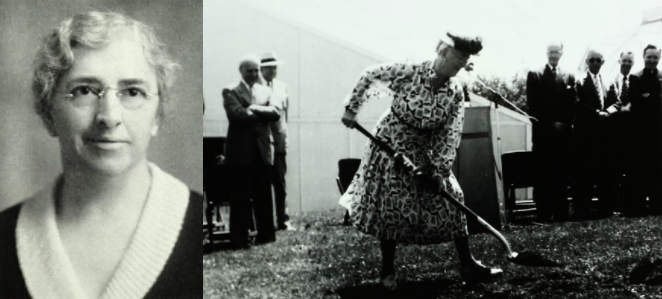
Bessie Park ‘01 was a faculty member at Cortland between 1915 and 1941 and a pioneer in women’s Physical Education. In response to a 1916 New York State law, which required all public and private schools to offer PE, Bessie Park and Principal DeGroat lobbied across the state to allow Cortland to offer a PE curriculum to fulfill this need. Her efforts were rewarded. In November 1980, Park Center was dedicated in honor of her part in shaping Cortland’s nationally recognized Physical Education program. At Cortland, Bessie Park was also notable for being the star of Cortland’s 1899 women’s basketball team, head of women’s Physical Education between 1915 to 1941, the first executive secretary of the Alumni Association from 1941 to 1944, and author of the 1959 history of the College, Our Alma Mater.
1915Original Normal School Destroyed
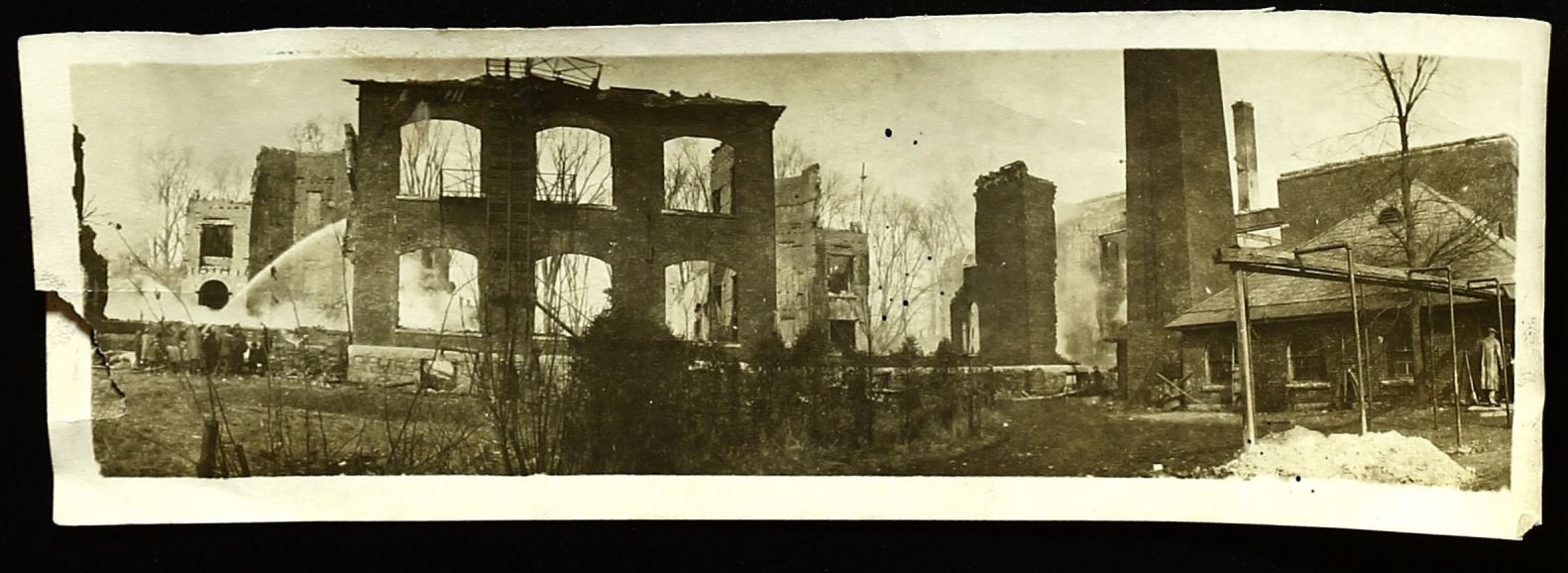
At 6 A.M. on February 27, 1919, a fire broke out in the oldest part of the Cortland Normal School. It burned until only the outer brick walls were left. Thanks to the generosity of the Cortland community, the Normal School continued to hold classes in various locations around town for four years until 1923 when Old Main opened for classes.
1919Old Main Opens
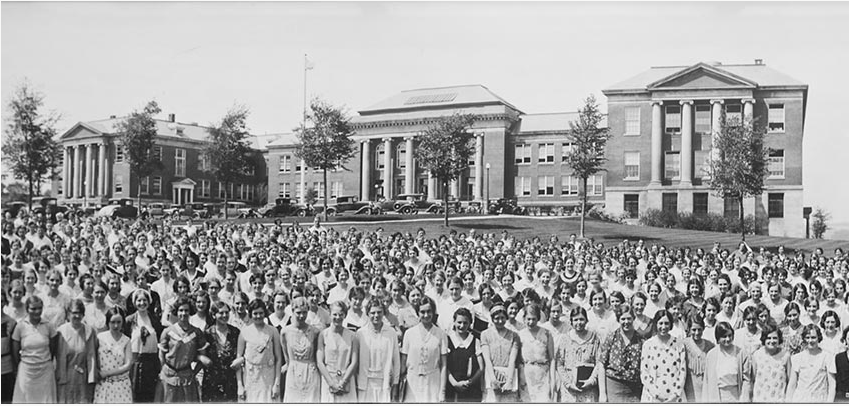
In August 1921, two years after the fire incinerated Cortland Normal School, construction began on a new school building. After much debate over where the new school should be located, a decision was made to put the school on top of Courthouse Hill. On May 1st, 1922 hundreds came to witness the laying of the new cornerstone. One year later, the new building, Old Main, was completed in time to host graduation. Official classes began in Old Main on August 16th, 1923.
1923Dance Program Begins
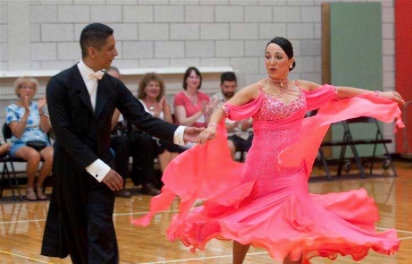
The dance program at the Cortland Normal School was originally directed by Mary Washington Ball who offered classes in the Physical Education Department from 1923 to 1950. In the early 1960s, Bess Koval, Ann Czompo, and Andor Czompo led the program and expanded its curriculum to offer classes such as: Modern dance, Choreography, Labonnotation, Jazz, Ballet, Folk, Square Dance, Methods and Materials for the School, and Dance for the Disadvantaged. Extracurricular opportunities were also broadened with the creation of clubs in Modern Dance, Jazz, Ballroom, and Folk and the establishment of the Ballroom Dance Formation Team in 1973, which took teams to compete in Blackpool, England’s annual dance festival. Similarly, the creation of the People-to-People Dance Program continued the longstanding commitment of the program to the community. Originally under Ball, recitals entertained both the College and community. Under Koval and the Czompos, they expanded and students performed on campus, in the community, around the states, and overseas. The dance program was cut in the early 1990s due to budgetary constraints. The Physical Education Department, however, continues to offer dance classes to this day.
1923Illumination Night
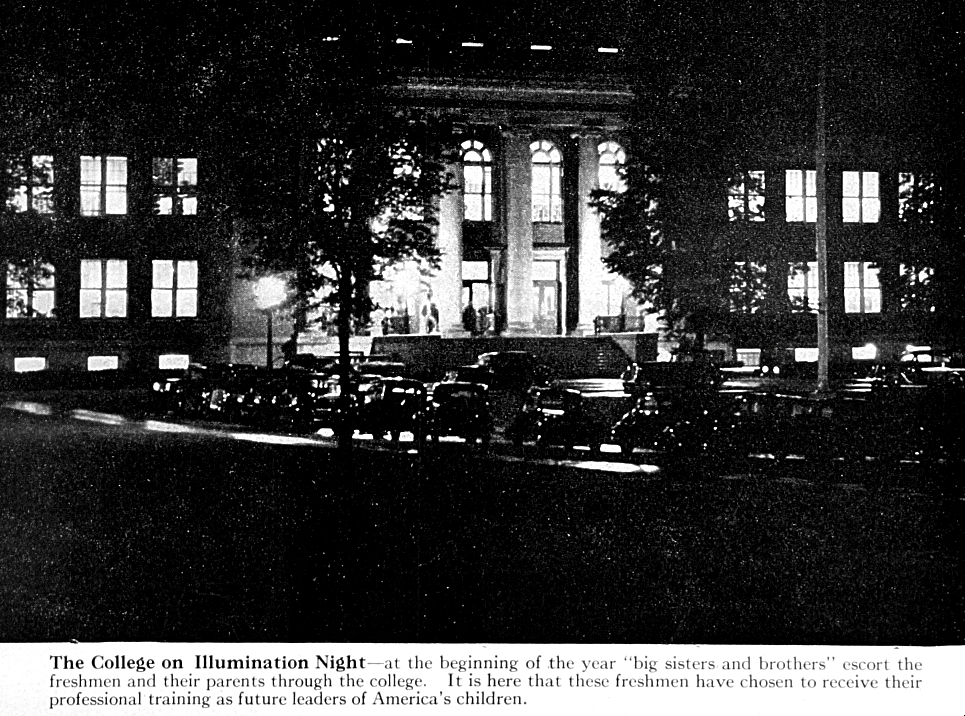
Illumination Night was an annual event that marked the start of the school year. Held from Old Main’s 1923 opening until the early years of World War II, this tradition involved turning on all the buildings’ lights in the evening and welcoming the community to campus. The popular event drew upwards of seven thousand people to campus.
1923Moving Up Day
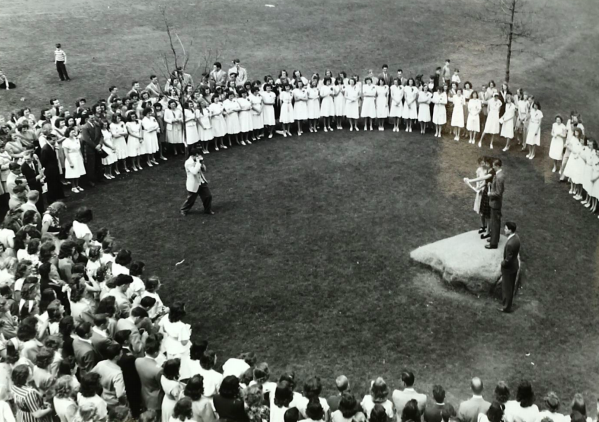
Moving Up Day was celebrated for about a half century at Cortland and marked students’ progression through class ranks. The tradition included juniors receiving their senior rings and freshman accepting the sophomore key. Students were given the day off from classes to attend the ceremony. Student interest began to decline in the ceremony when Cortland became a four-year college, however it continued until its final cancellation in the face of the 1970 student strike.
1920sFirst Fraternities
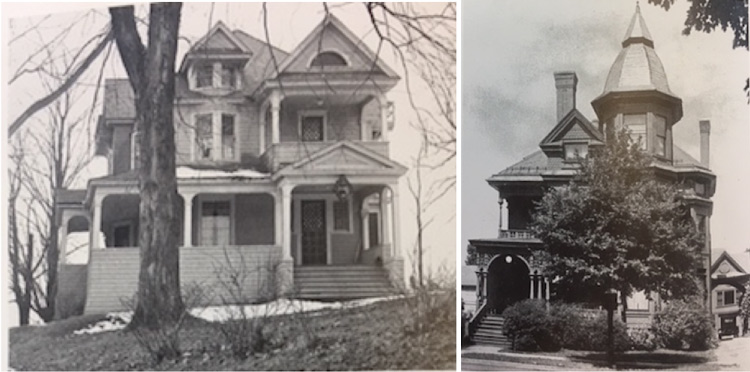
Increased male enrollment in the new physical education program led to the establishment of Beta Phi Epsilon in 1924 as a fraternity for men in the physical program. Delta Kappa Beta started its chapter at Cortland in 1928. Beta established a house at 14 James Street until after World War II. Delta Kappa Beta (which began as Kappa Kappa Kappa at Buffalo State in 1920) purchased a house at 8 Lincoln Avenue.
1924-8First Sorority House
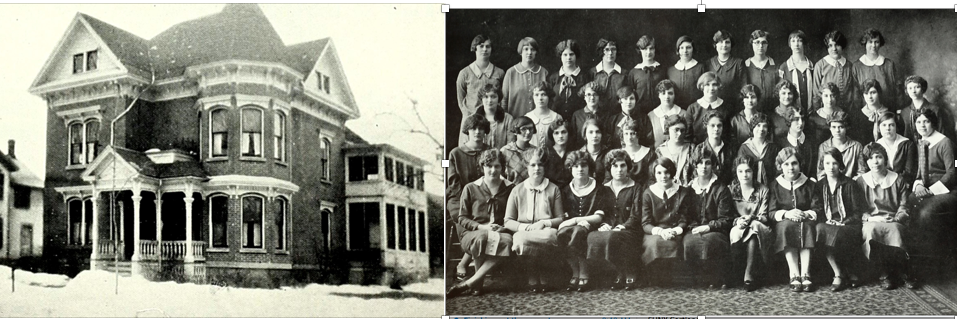
Theta Phi was the first sorority to acquire a house. Located at 15 Lincoln Avenue, the house was one of five purchased by sororities between 1926 and 1930. The Agonian Society's house (1927) was located at 15 Prospect Terrace; Alpha Delta's house (1927) sat at 24 Stevenson Street; and the Clionian Society purchased 20 West Court Street. Nu Sigma Chi, the only sorority to have a house designed specifically for use as a sorority had theirs located at 52 Prospect Terrace in 1928. As a group, these properties served an important function in providing students housing at a time when the College had no dormitories.
1926Teachers Train Off-Site
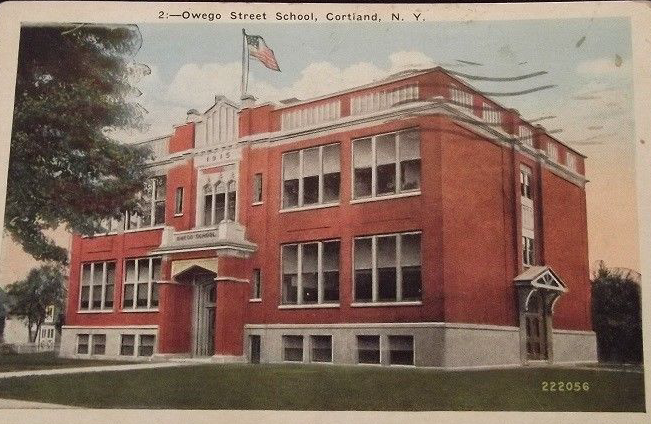
In 1927, fifteen seniors received their teacher training experience in Binghamton city schools. This successful experiment led to the continued use of off-campus facilities for teacher training. The program expanded in 1929, when the Normal School partnered with the city’s Owego Street School and began sending its teachers candidates there to develop their craft.
1927Wickwire Cup
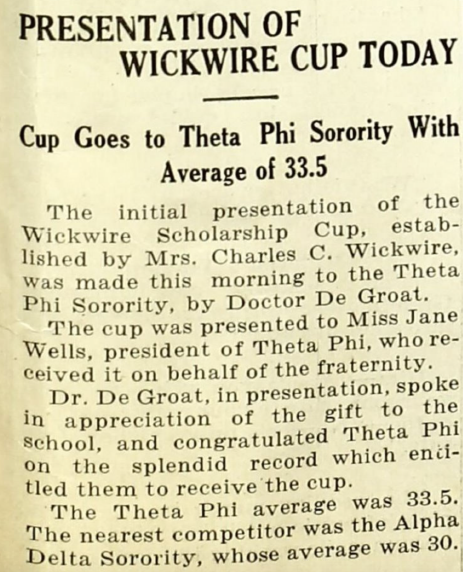
Mabel Fitzgerald Wickwire donated the Wickwire Cup, also known as the Scholarship Cup, in 1928. The College awarded the cup to the sorority or fraternity with the highest “scholarship” or GPA in a given school year.
1928Harriet Holsten
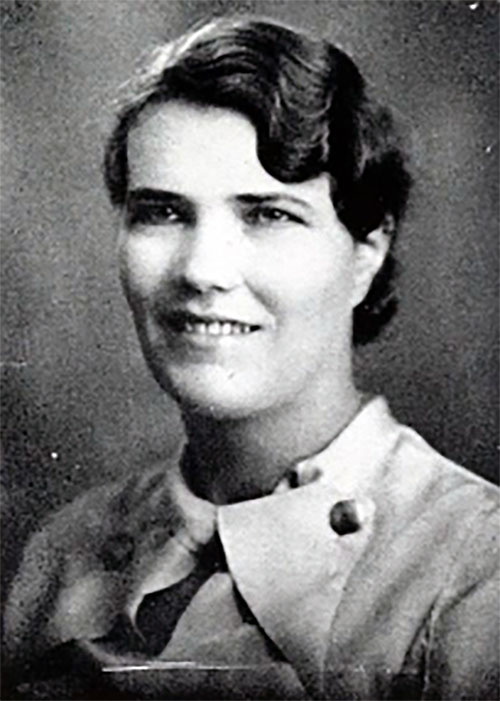
Harriet Holsten was a faculty member of Cortland Women’s Physical Education Department from 1929 to 1972. She is most notable for her involvement with Cortland’s swimming program. For her commitment to the sport, the pool located in the PER Center (now Park Center) was dedicated in her honor in May, 1978. Currently, the Harriet Holsten Natatorium is home to a variety of aquatic classes and Cortland’s swimming and diving teams.
1929-72Carl "Chugger" Davis
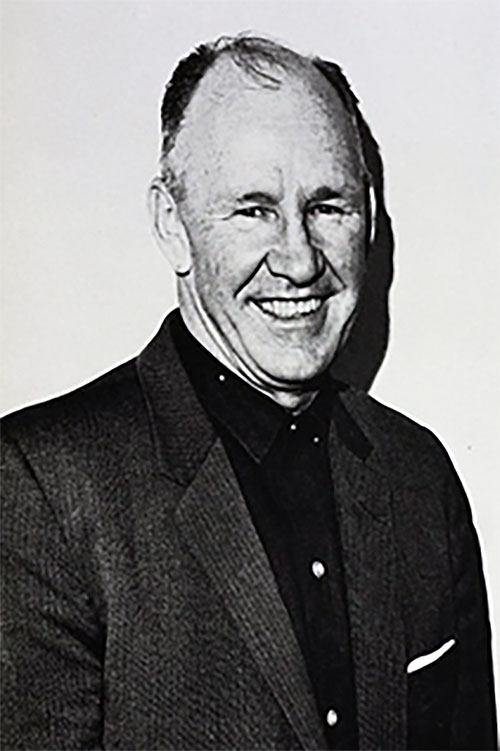
Carl “Chugger” Davis served as football coach and instructor of physical education at Cortland from 1932 until 1965. His nickname, “Chugger,” came from his instruction to his players to “keep chugging” at practices. An icon of the College and well-liked in the community, Davis was best known for being undefeated in his first three seasons and accumulating 105 wins over his career. He was memorialized in the naming of “Chugger” Field, which is now the site of the Student Life Center, and then in the naming of the “Chugger” Davis Administration Building in the stadium complex.
1932Red Dragons
The Cortland Normal School’s football team went by many names, including “Crimson and White” and “Red and White,” before October 1933. That month a sports journalist for the Cortland Standard called them the “Red Dragons,” and the name stuck. Since then, Red Dragons has provided a common identity for all Cortland athletes and the student body more generally.
1933Campus School Dedication
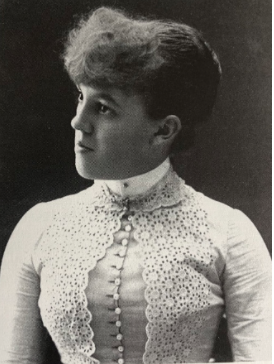
The Campus School was an original part of the normal school, eventually named for alum Ella Van Hoesen ’89 who served as principal of the School of Practice from 1908 to 1938. The School of Practice, dedicated to Van Hoesen in 1938 and renamed the Ella Van Hoesen Campus School, provided on-site teacher training and a center for educational research. Enrollment increases caused the Campus School to relocate from Old Main to the newly constructed Van Hoesen in 1963.
1938Governor Lehman Signs Bill
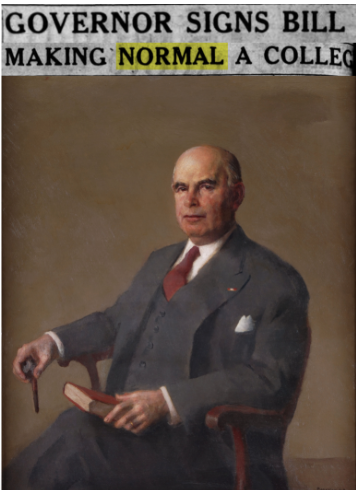
In the late 1930s and early 1940s, there was a movement to convert New York normal schools from teacher training schools to four-year, degree granting teachers’ colleges. Legislation to accomplish this goal passed in the state legislature three times, only to be vetoed by Governor Herbert Lehman. Frustrated normal school leaders appealed to the state Board of Regents for support, adding pressure on the governor. On April 13, 1942, Governor Lehman’s finally signed a bill to allow Cortland and other normal schools in the state to grant bachelor’s degrees. The legislation also changed the title of normal school heads from “principals” to “presidents,” and attendees from “pupils” to “students.” This change laid the foundation for the establishment of the SUNY system.
1942Flagpole in front of Old Main
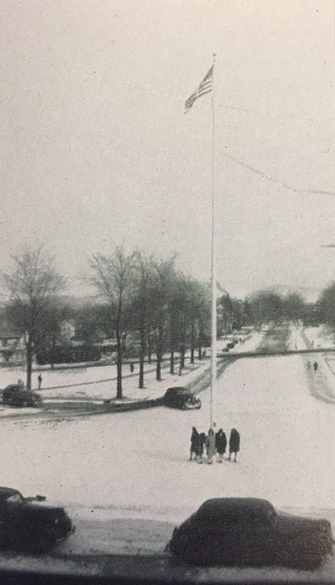
The flagpole was originally displayed at New York City’s 1939 World’s Fair in the British Pavilion. Dr. Ben A. Sueltz, Chair of the Mathematics department, obtained the flagpole for Cortland. Its dedication on August 24th, 1943 coincided with the retirement of Principal Harry Dewitt DeGroat and the appointment of President Donnal V. Smith, signifying the beginning of an era of modernization at Cortland.
1943President Donnal V. Smith
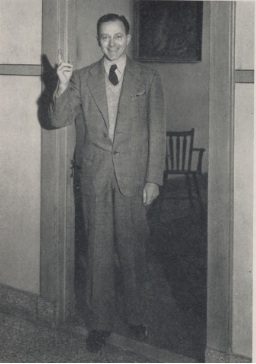
Donnal V. Smith served as president of Cortland between 1943 to 1959, when the College transformed from a stand-alone, four-year college to its a member of the larger SUNY system. When Smith began his presidential term, Cortland’s campus was confined to one building on 33 acres that served 443 students. By 1959, when Smith resigned, Cortland’s campus had grown to over 100 acres with 6 buildings completed, six under construction, five in development, and a student body of 2,325. Under President Smith’s leadership, the College established a new graduate program and a budget that drastically increased from $203,494 to $1,767,196. The significant changes that occurred during Smith’s presidency set the stage for a transformation in Cortland’s mission in the following decade from that of a teacher’s college to an expanded focus on liberal arts.
1943-59Enrollment at Cortland
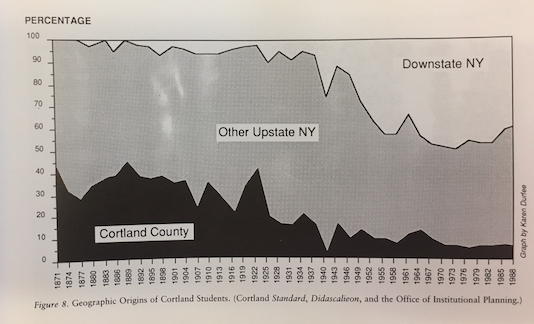
By 1944, in the midst of World War II, college enrollment declined to 357 students. That year, President Roosevelt signed the Serviceman's Readjustment Act (the G.I. Bill), causing a surge in Cortland’s enrollment. By 1947, 1,075 students studied on Cortland's campus. One-fourth the student body that year were veterans. This new era of student enrollment also brought a change in student demographics more generally. Previously the majority of Cortland’s students came from Central New York, but the late 1940s saw more students traveling from downstate, mostly Long Island.
1944-50Recreation Education
Cortland’s Recreation, Parks, and Leisure Studies is New York’s longest-running recreation program. President Donnal V. Smith created the program in 1946 to expand the school’s curriculum. With concentrations in Outdoor Recreation, Recreation, Recreation Management, and Therapeutic Recreation, Cortland’s program is one of three in the country with national accreditation in all four concentrations.
1946Dr. Ralph Adams Brown
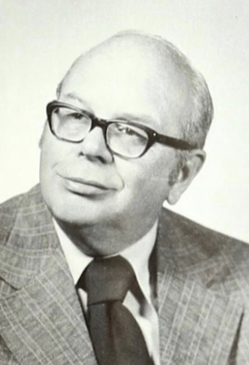
Dr. Ralph Adams Brown began his career at SUNY Cortland in 1947. In his twenty-eight years at Cortland, he was an award-winning historian, chairman of the Social Studies Department, author, scholar, and editor. He became Cortland's first Distinguished Teaching Professor in 1973 and was also designated as a Faculty Exchange Scholar. The refurbished auditorium in Old Main was designated the Ralph Adams Brown Auditorium in 1989.
1947Science Education
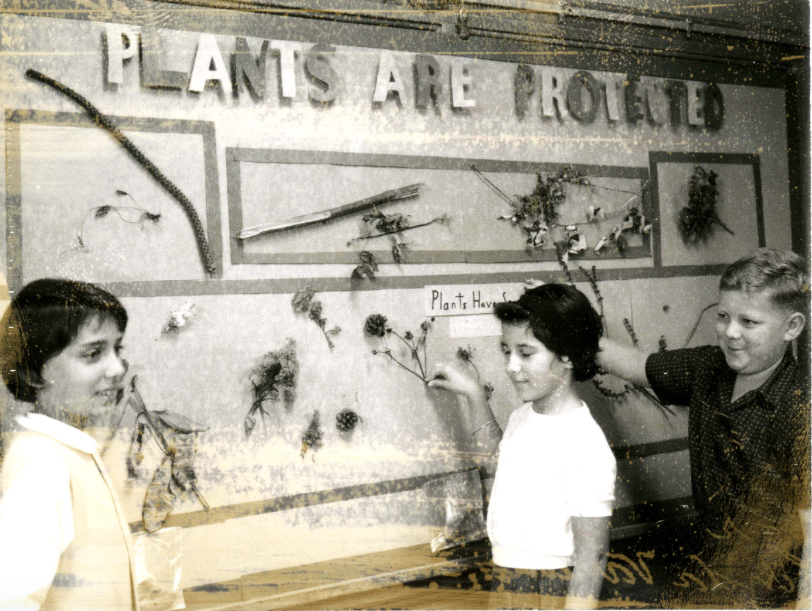
Under the leadership of President Donnal V. Smith, Cortland began to expand its curriculum beyond methods classes to more academically-oriented courses. Recognizing the lack of teachers in the sciences, the general elementary course added a courses in the sciences to meet a shortage of qualified science teachers and supervisors in elementary schools.
1947Acquire Camp Pine Knot (Huntington)
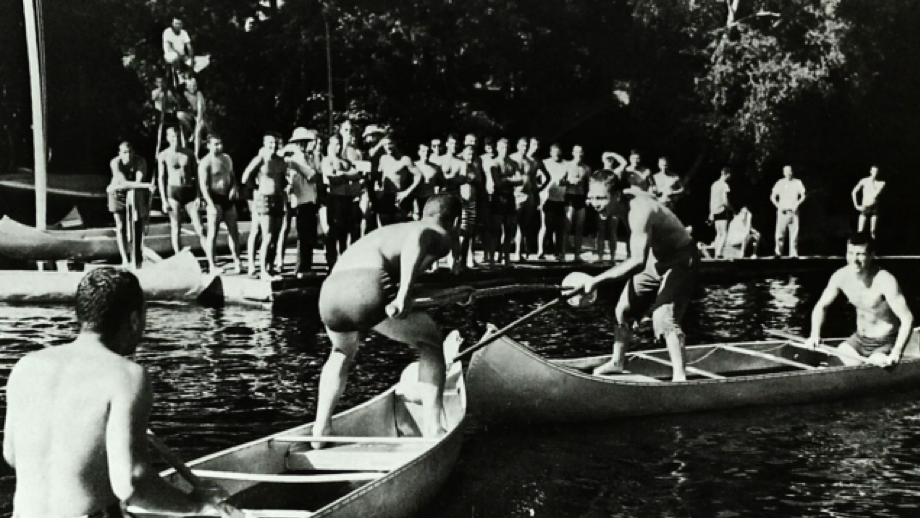
In 1948, Cortland purchased Camp Pine Knot for $1 under two conditions: the camp’s name change from “Camp Pine Knot” to “Camp Huntington,” and the property be used for educational purposes only. The first Great Camp of the Adirondacks, Camp Huntington was named a National Landmark in 2004. Currently, Camp Huntington is part of Cortland’s William H. Parks Family Center for Environmental and Outdoor Education and is used by academic departments, organizations, and non-college affiliated groups to support educational programs.
1948Arethusa Sorority House Fire
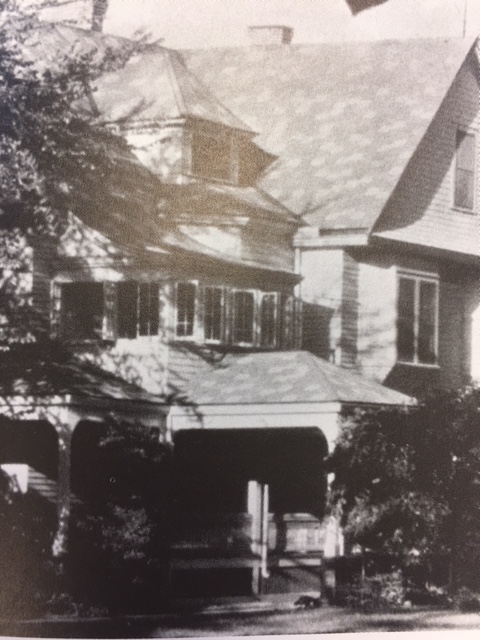
A fire broke out at the Arethusa sorority house located on Church Street on Sunday, November 21, 1948. The tragic fire burned in the middle of the night, taking the lives of Cortland students Barbara Kelsey, Marie Meyer, and Lillian Rudnetsky. The fire had repercussions throughout the SUNY system, emphasizing the need for fireproof student dormitories.
1948First Conference in Recreational Leadership
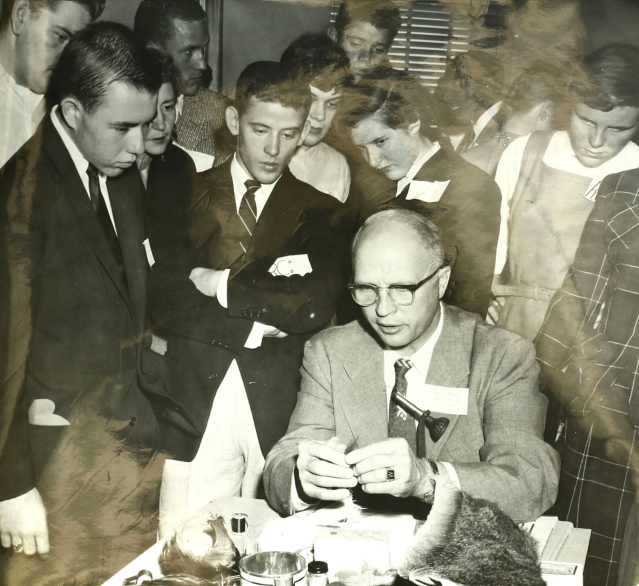
Cortland’s Recreation Conference is the oldest student-run conference in the nation. One objective of the event was to help rebrand Cortland as more than a teachers’ college. Held every November, the conference is part of a two-semester event-planning course, giving students hands-on experience. The annual event provides students networking opportunities as well as a chance to widen their perspectives about careers available to them.
1950Student Culture
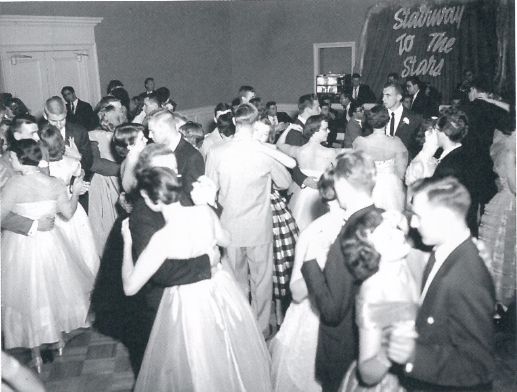
In the 1950s and 1960s, the College acted in loco parentis regulating dress codes, curfews, and off-campus travel. These regulations varied depending on sex, grade level, and day of the week. For example, female students had to sign out of their residence hall after 8 P.M. and could be confined to their residence for breaking curfew. Women also needed travel permits signed by parents to leave campus and had regulated dress codes for different occasions. In comparison to the women, male students had fewer restrictions and were only told to keep “reasonable” hours.
1950sFirst Master's Degrees Awarded
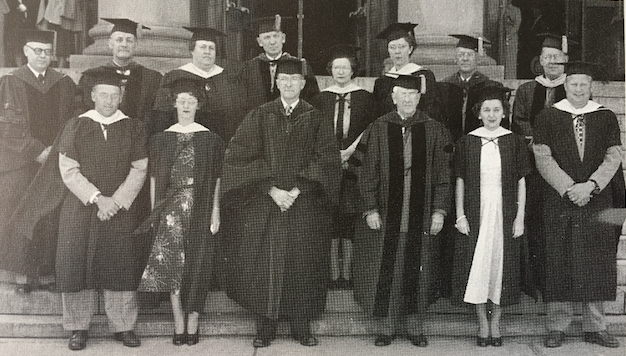
The College awarded its first master's degrees in 1950. Graduate education developed when the State Education Department authorized state teachers colleges to establish a master's degree in elementary education and other specialized programs. The Cortland Standard reported that such programs were created to "improve the standards and quality of teaching in the state." The first graduate programs at Cortland were offered in elementary education, physical education, health education, and recreation education. Classes were taught during summer sessions or at extension centers during the year.
1950Dr. Van Akin Burd
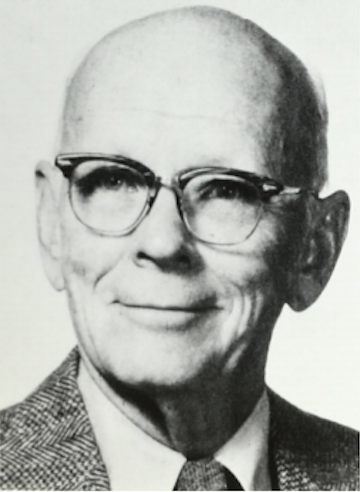
Distinguished Teaching Professor in English Emeritus Dr. Van Akin Burd taught at Cortland from 1951 to 1979. He served as the first director of the newly established Division of Arts and Sciences from 1962 to 1964. In 1973, Dr. Van Akin Burd was named SUNY Faculty Exchange Scholar and became Cortland’s first Distinguished Professor. Throughout his time at Cortland, Burd served as chair of the English Department, headed the committee that established Cortland’s first “Basic Studies” program (an early version of today’s General Education program), and he introduced the Honors Convocation ceremony in the early 1970s to celebrate academic achievement in the place of Moving Up Day.
1951-79Brockway Hall Dedication
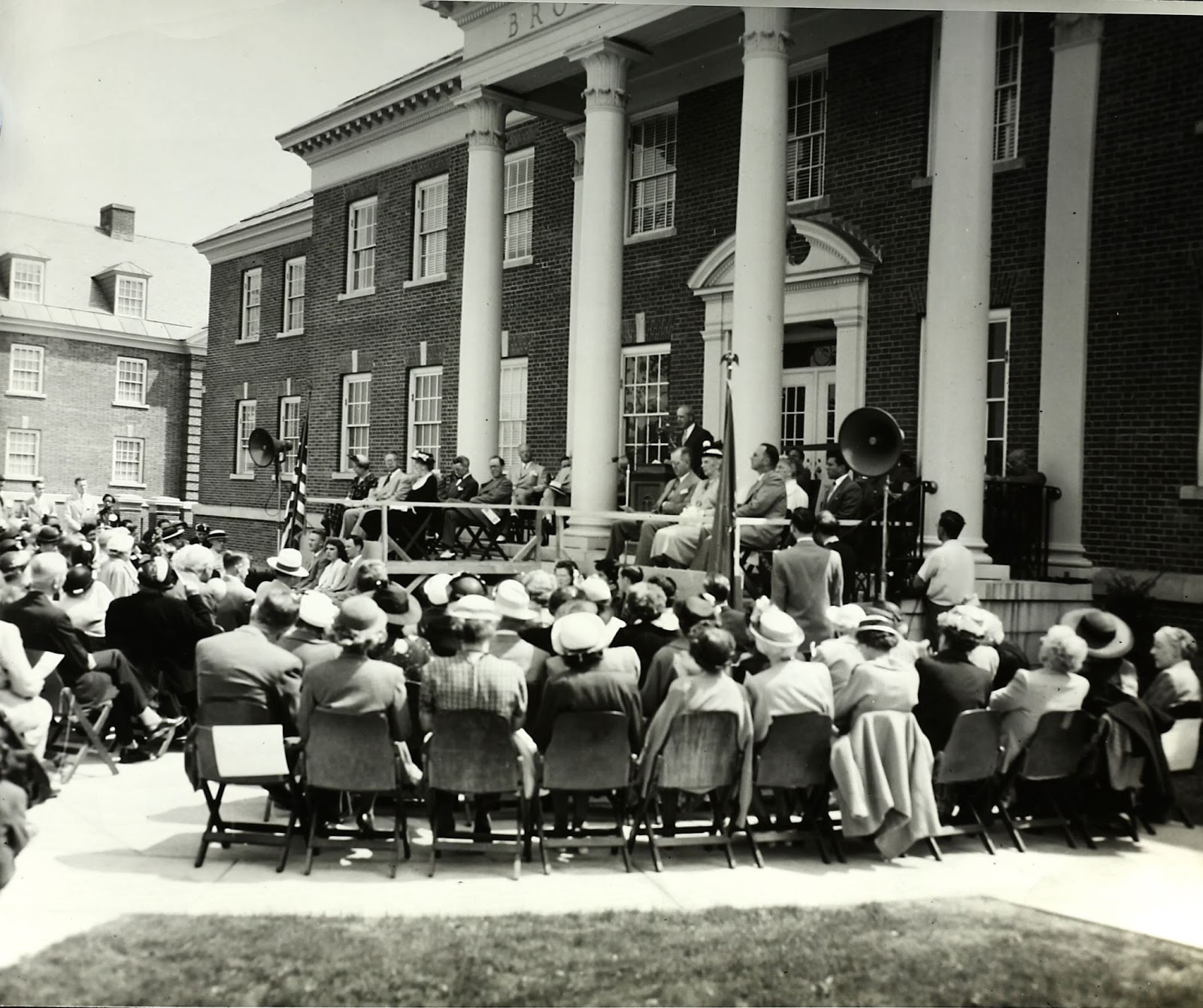
Growing student enrollment in the 1940s sparked a demand for on-campus, student housing. In 1946, the State Dormitory Authority approved the construction of two dormitories and a social center. George Brockway, retired president of Brockway Motors, donated $100,000 for the use of a social and recreational facility, which was dedicated in his name. Brockway Hall was the first student union in SUNY. Governor Thomas Dewey gave the dedication address when George A. Brockway Hall opened on June 9, 1951. South Hall and North Hall were later renamed Harry De W. DeGroat Hall and Francis J. Cheney Hall in honor of the college’s former principals.
1951From Board of Managers to College Council
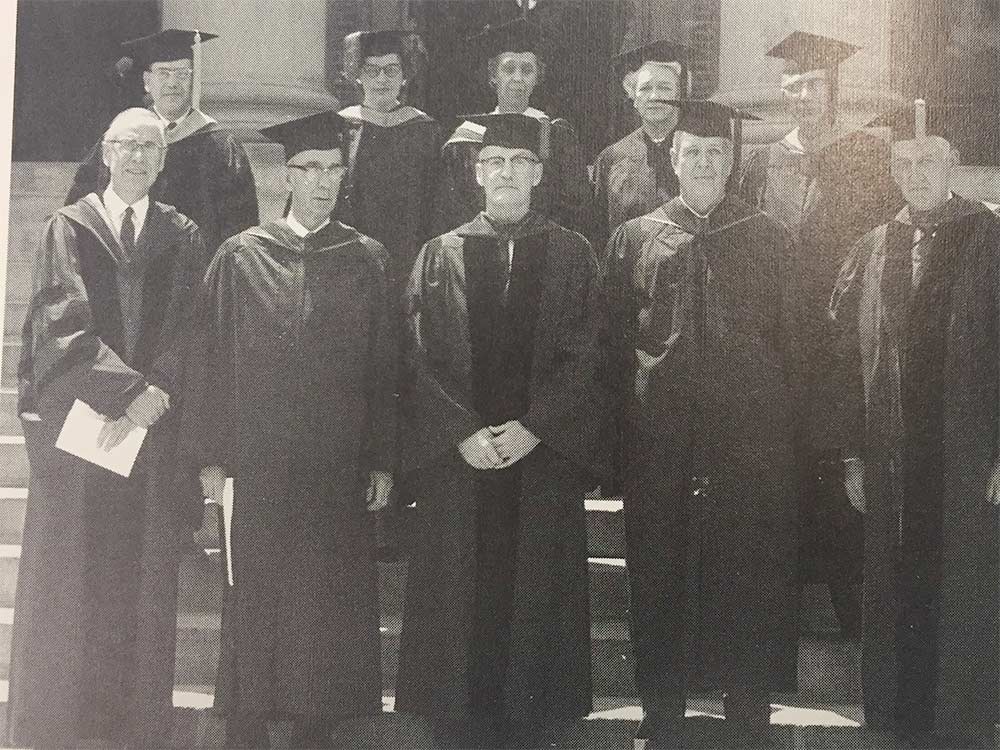
From the College’s inception a Board of Visitors, consisting of community leaders appointed by the Commissioner of Education, served the school for life. Once SUNY was established, the state legislature transformed the Board of Visitors into a College Council. Now the governor appoints nine board members who serve seven-year terms. One student serves a one-year term. College Council members oversee the operations and affairs of the College, including budget requests, the naming of buildings and grounds, and issues relating to student housing and safety. Each year College Council members prepare an annual report to SUNY’s Board of Trustees.
1953HPER (Moffett)

The Health, Physical Education, and Recreation (HPER) Building originally contained a 25-yard swimming pool, a gymnasium that could be divided into two, classrooms, offices, and laboratory spaces. In 1967, the college renamed HPER the Donovan C. Moffett Center in honor of President Donovan Moffett. The gymnasium was the site of several music concerts, including such performers as Billy Joel, as well as the location of the tense May, 7, 1970 faculty meeting that voted in favor of the student strike and the Cortland Plan. In 2007, Moffett Center underwent a partial renovation, which removed the pool and replaced it with space to house the Sociology and Anthropology Department, including an Archaeology Laboratory and museum space.
1954George Breen
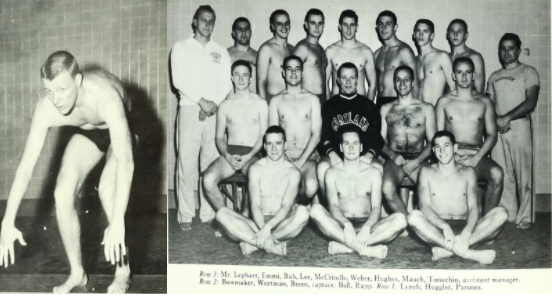
At Cortland, George Breen trained under the direction of Coach James “Doc” Counsilman, known as the man who “developed the science of swimming.” With Counsilman’s support, Breen became a three-time All-American and six-time Ameteur Athletic Union All-American swimmer. When his swimming career at Cortland ended, he began his Olympic career at the 1956 Melbourne Olympics, winning a silver and bronze medal and setting a world record in 1500-meter freestyle. In the 1960 Rome Olympics, Breen was nominated as captain of the Olympic Swim Team and took the bronze medal in the 1500-meter freestyle. Six years later, Breen accepted a coaching position at the University of Pennsylvania where he trained three future Olympians and won two championships (1971 and 1981). Breen was Cortland’s first inductee to the C-Club Hall of Fame for his accomplishments and international recognition as an athlete and coach.
1956Cortland Joins SUNYAC
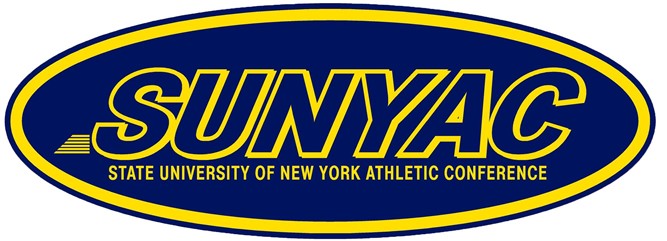
In 1958, the State University of New York created the State University of New York Athletic Conference (SUNYAC) for its Division III sports, and Cortland was one of its eight charter members. Cortland athletics has had consistent success competing in this conference, which is one of the strongest Division III conferences in the nation. Cortland has won 25 team and 100 individual titles, placed in the top 25 of the national all-sports Directors’ Cup every year since 1996, and has been awarded the SUNYAC Commissioner’s cup 17 of 19 times since 1996.
1958President Donovan C. Moffett
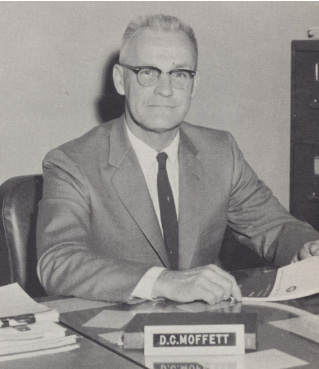
Donovan C. Moffett served as acting president and then president of the College from 1958 to 1963. In 1946, Moffett came to Cortland as chair of the Physical Education Department and director of Athletics. He then served as dean of the College for five years before becoming acting president in wake of President Smith’s sudden resignation. SUNY’s Board of Trustees appointed Moffett president of SUNY Cortland in 1960. Despite only serving for four years, Moffett was able to solidify the direction of the College in the wake of changes in curriculum, increases in student enrollment, and expansion of the campus from President Smith’s tenure. Moffett set the foundation for Cortland’s continued expansion under the new leadership of Kenneth E. Young.
1959-63Cortaca Jug

While the rivalry between Cortland and Ithaca dates back to 1930, the first Cortaca Jug occurred in 1959 due to the friendship between Cortland’s Thomas Decker '61 and Ithaca’s Dick Carmean. During the summer of 1959, the two football captains agreed that the Cortland-Ithaca rivalry game should have a special trophy. Decker bought an old jug at a Homer, N.Y., farm house and had it painted red, white, blue, and gold, officially creating the first Cortaca Jug. Since 1959, 15 of the 21 games played have been decided by one touchdown or less. Cortland, prior to the 59th annual Cortaca meeting, held a seven-game win streak. However, Ithaca leads the all-time series 40-33-3 and controls the longest win streak with nine consecutive wins from 1973 to 1981. More recently, the annual game between these two Division III power houses has made national headlines and have been featured on networks such as ESPN, NBC, CBS, and CW6.
1959Campus Concerts
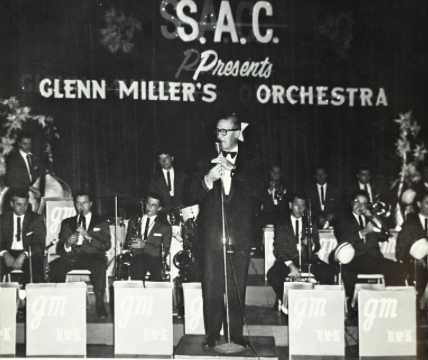
In the early 1960s, “Fall Weekend” was a greatly anticipated student event that featured a dance hosted by a major musical performance in the Moffett (HPER) Gym. Through the organization of the Social Activities Council (S.A.C.), the College brought notable musicians to campus, including in Glenn Miller’s Orchestra, Les Elgart, Duke Ellington, Count Basie and Joe Williams, The Flamingos, and Maynard Ferguson.
1960-65O'Heron Newman Center
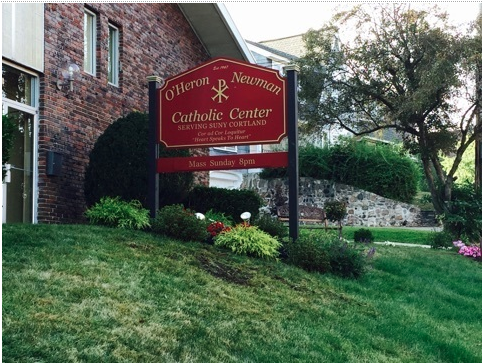
In 1961, a group of Catholic laymen formed a membership corporation to establish a Catholic Center near campus. They held a drive to raise money for a facility between November of 1961 and March of 1962. The first Center was established on Clayton Avenue when the foundation bought a house and renovated it to hold a small chapel, a classroom, a library, and an office for the chaplain. In 1964, Father Edward J. O’Heron commissioned a new building on Calvert Street after receiving a bequest from Maude F. Freeman, a graduate of Cortland Normal School, a lifetime resident of Cortland, and member of St. Mary’s Parish. Newman Center was completed in February of 1967. Its original Board of Directors included: Rev. George H. May, Daniel McNeil, Dr. John I. McAuliff, C. Robert Clark, Dr. William A Shay, John D. Fitzgerald, Peter A. Brevett, Edmund A. Sullivan, William H. Morgan, Russell E. Wanish, Rev. Edward J. O’Heron, LaVerne Niederhofer, Robert E. Hamill, Edmund J. Hoffmann, Evertt J. Stalter, Paul J. Yesawich, Richard Shay, James J. Casey, Dr. Gilbert Cahill, M. Lee Swartwout, Albert Haskell Jr., James J. Yaman, Adam Gallucci, Edmund J. Hoffman Jr., Patrick D. Kiely, Robert E. O’Conell, James Woods, Philip F. Stevralia, Dr. Edward P. Cummins, and Dr. Joseph C. Mack
1961Library Opens
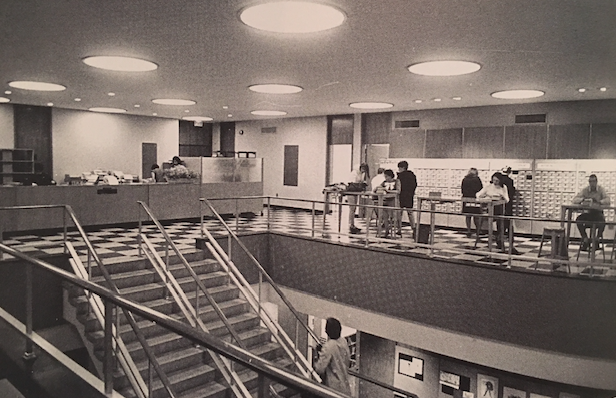
The first building dedicated to a library opened in 1961. The need to fill the building with books led to “Operation Bookstrap,” a student referendum that asked students to provide five dollars to support materials for a new library. In the first and only year of this student-run operation, the library raised $30,000 for new books. The creation of a stand-alone library building represented an important change in the College's culture. When the Cortland Normal School originally opened its doors, there was no formal library space. In 1871, Principal James Hoose set aside a specific room to house the school’s books and encyclopedias. With no librarians on staff, Hoose assigned the room’s upkeep to the Latin teacher. In 1914, Cortland hired its first trained librarian, Mildred E. Morse.
1961First Faculty Member Elected to be Cortland's Mayor
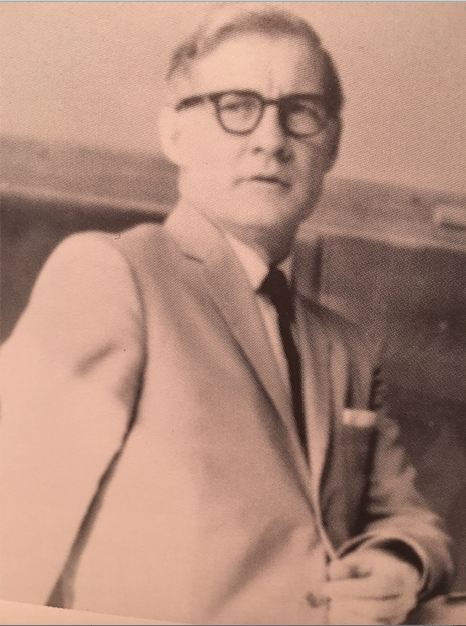
Dr. Joseph Mack joined SUNY Cortland’s faculty in 1949, when President Donnal Smith appointed him to the education department. Mack became involved in city politics during the 1950s, unsuccessfully running for alderman as the Democratic candidate in 1955, and later becoming city clerk. In 1961, he ran for mayor in a three-way race against Republican Morris Noss and independent candidate Anthony Natale. Mack won by 90 votes, becoming the first Cortland faculty member elected to the office. Mack ran for reelection two years later and beat Republican candidate Peter Brevett by more than 600 votes, winning five of the city’s six wards.
1961Dedication of McDonald Building
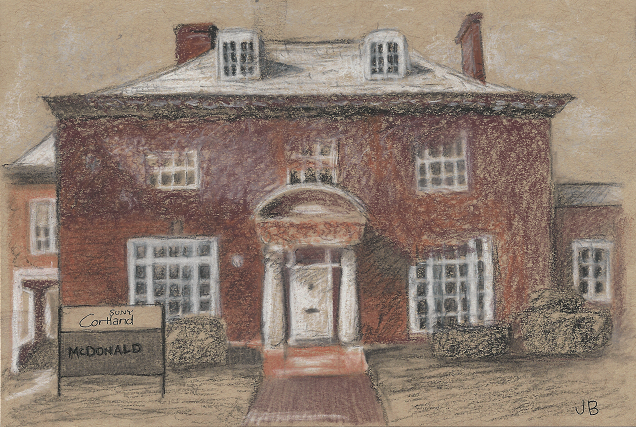
The McDonald building is named for James M. McDonald, known for his involvement in the development of J.C. Penny. In Cortland, McDonald opened the Crescent Corset Company on South Main Street. Upon his death, he donated his house to the Normal School, which was dedicated as the James M. McDonald Infirmary. Today the McDonald Building, located on Tompkins Street, is used by the Psychology Department as a study center for first-year college students.
1962Lusk Field House
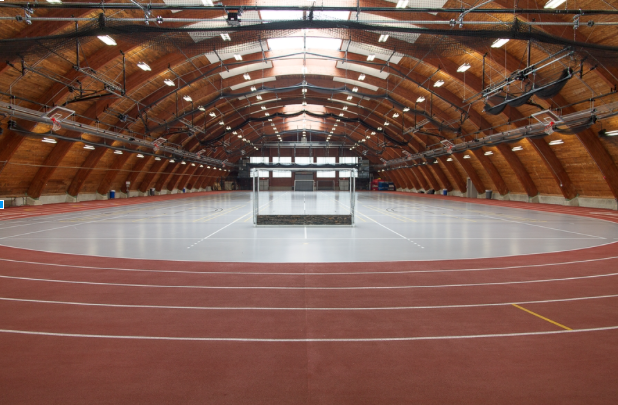
This facility was named to honor Clayton Riley Lusk. Lusk, a Cortland city resident, graduated from Cortland Normal School in 1895. While at Cortland, Lusk served as editor of the Normal News. He then studied law at Cornell University, practiced law in Cortland, and in 1919 won a seat in the New York State Senate. There Lusk was best known for chairing of the Lusk committee and seeking the removal of radicals from New York State. During the sixties and seventies, the Lusk Field House served numerous commencements and concerts, including the Grateful Dead. Today the field house hosts a variety of varsity and recreational activities. Its multipurpose design and protective netting allows for baseball, field hockey, softball, and lacrosse to be played during the colder months.
1962College Creates Division of Liberal Studies
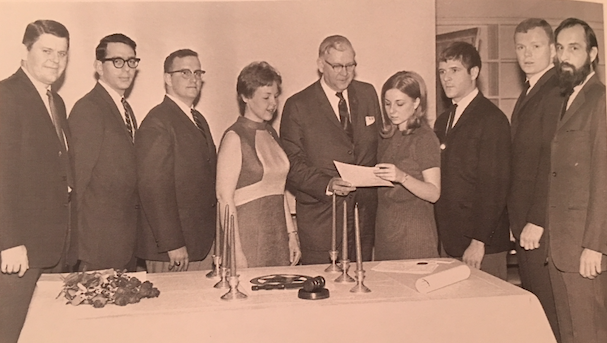
The Division of Liberal Studies, soon to be called the Division of Arts and Sciences, represented a major curricular departure for the College. The creation of the division, with Van Burd of the English Department as first director, established a new emphasis in the curriculum. Burd had responsibility for secondary education programs as well as the growing number of programs in the liberal arts. The change saw the multidisciplinary departments of English, science and social studies divide into ten separate departments by 1964. Together with existing departments of art, foreign languages, mathematics, music, psychology, and philosophy, arts and sciences faculty developed the College's first basic curriculum for liberal arts students.
1962Van Hoesen Campus School
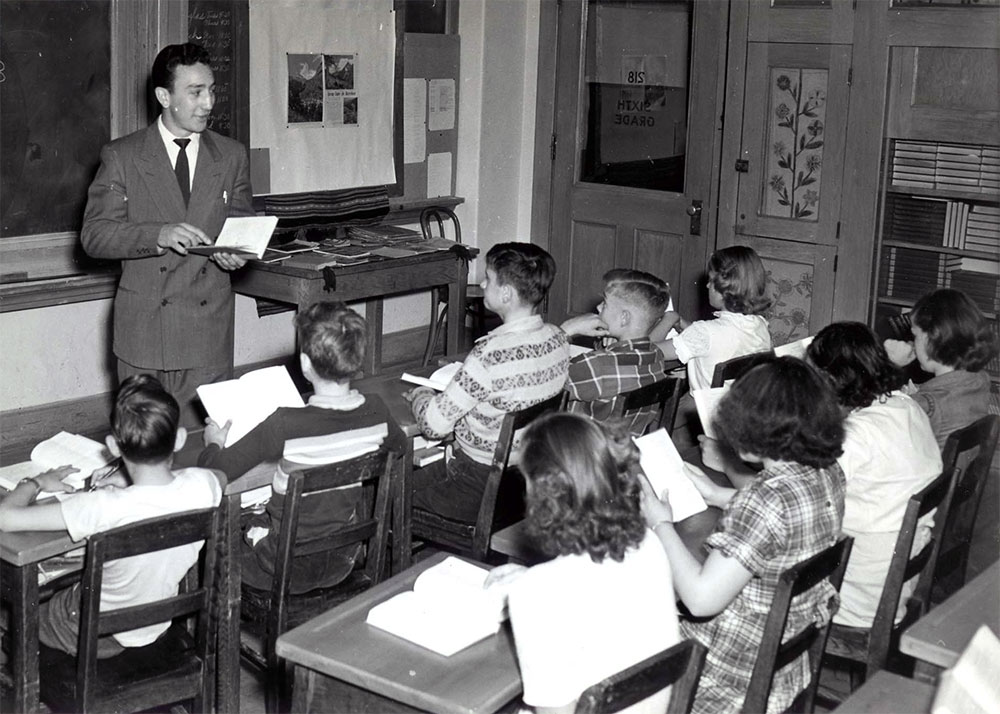
The Campus School was an original part of the normal school, eventually named for alumna Ella Van Hoesen ’89 who served as principal of the School of Practice from 1908 to 1938. The School of Practice, dedicated to Van Hoesen in 1938 and renamed the Ella Van Hoesen Campus School, provided on-site teacher training and a center for educational research. Enrollment increases caused the Campus School to relocate from Old Main to the newly constructed Van Hoesen Hall in 1963. By 1981, the College’s liberal arts focus and budgetary problems forced the Campus School to close despite resistance from the faculty union and local community members. Evidence of the Campus School can still be seen today in the form of observation windows in the back of many of Van Hoesen’s classrooms. Van Hoesen Hall now houses the Communications Department, student services, and general purpose classrooms.
1963Bowers Science Building
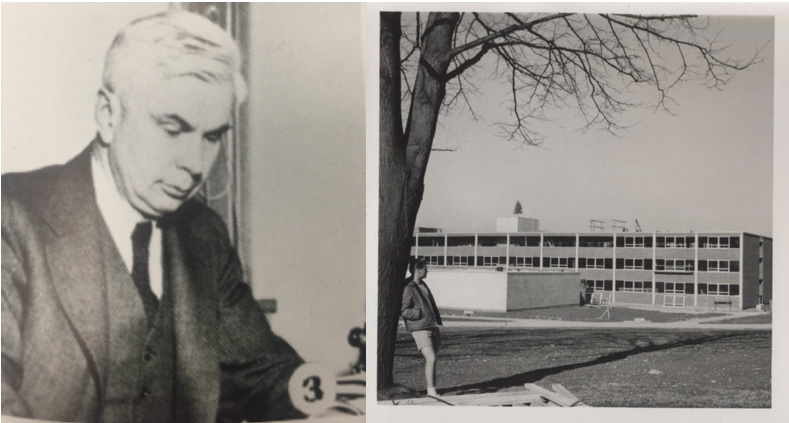
One of the most important academic buildings to emerge during this busy year of construction was the Bowers Hall named after Ross Eldon Bowers, who led the Science Department at Cortland from 1920 until 1955. During Bowers’ tenure, he planned the original science facilities in Old Main. Bowers held a graduate degree from Gettysburg College and his Ph.D. from Cornell, which he earned while on Cortland’s faculty.
1963Tuition Charged for the First Time
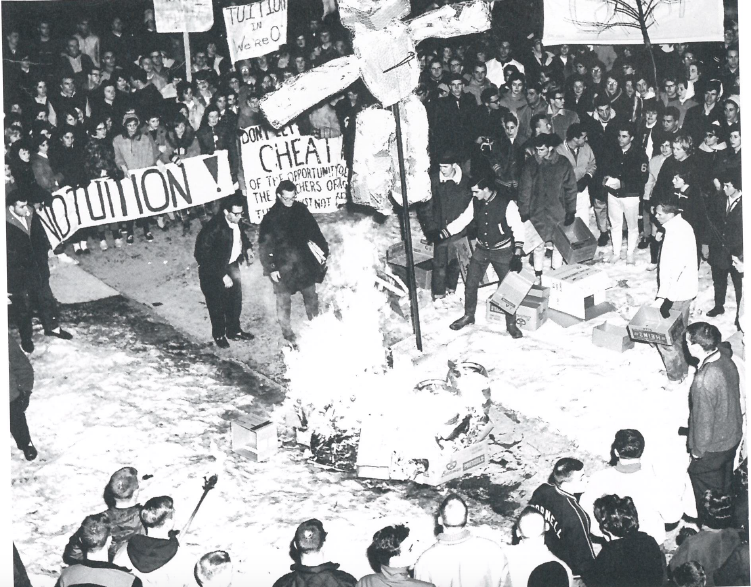
In January 1962, SUNY President Thomas Hamilton announced a uniform tuition of $300 for all undergraduates at all four-year SUNY colleges. Students led mass demonstrations across the system's campuses, and no tuition was charged that year. In Fall 1963, however, the Board of Trustees set tuition at $400. Cortland hoped its students' tuition would be waived due to a 1868 agreement whereby the Cortlandville Academy gave the state land in return for the normal school. The agreement stated that village children would have tuition-free schooling in perpetuity. After the fire, however, the state returned the land to the City of Cortland, canceling the free-tuition clause.
1963President Kenneth Young
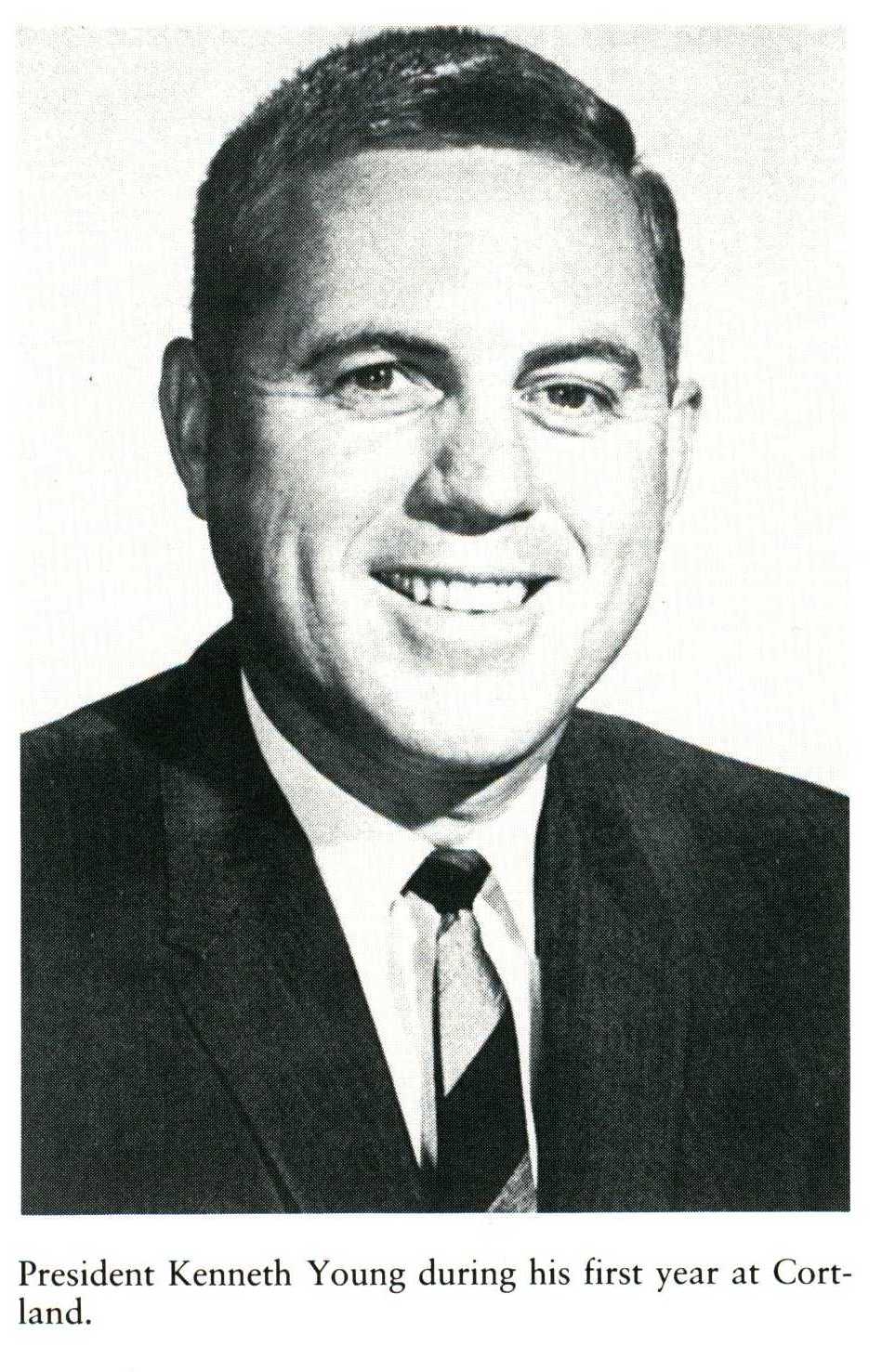
Dr. Kenneth E. Young was the sixth president of SUNY Cortland, replacing Acting President Ben Sueltz. Young was the youngest person to be appointed president when he took office in July 1964. During his presidency, the College experienced rapid enrollment growth and physical expansion of the campus itself. President Young’s longest lasting impact on the College was the shift from a teachers college to a liberal arts college. This change caused strife between him and the faculty as many felt that he undervalued the College’s historical commitment to teacher preparation and gave too much priority to the liberal arts. In 1968, to most people’s surprise, Young resigned. Young’s tenure as president was short in length but one of the most impactful in the College’s history.
1964-68Hoxie Gorge Nature Preserve
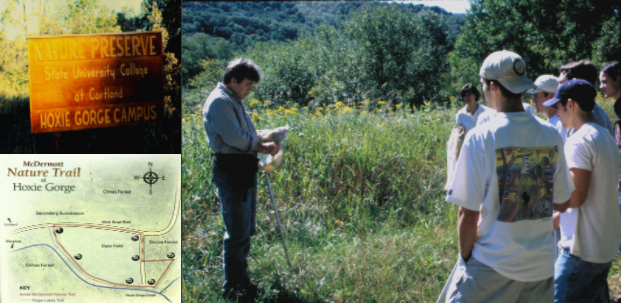
Hoxie Gorge Nature Preserve was added to Cortland’s property in 1965 under the advisement of President Kenneth E. Young. The uniqueness of the preserve has been utilized by an array of departments, as both a classroom and a space for individual research. Hoxie Gorge’s ecological diversity has resulted in more than $500,000 worth of grants for student and faculty research. In addition to its value as an interactive classroom, Hoxie Gorge’s 170-acre property and nature trails are open for students’ individual leisure and exploration.
1965Study Abroad

SUNY Cortland offered some of SUNY’s first Study Abroad Programs through the direction and leadership of Willi Uschald, former head of the foreign languages department and director of International Programs. The success of programs at Neuchâtel, Switzerland and Salamanca, Spain in 1965 led to additional programs in cities such as: London, England; Dublin and Cork in Ireland; Cologne and Munich in Germany; and even Beijing, China. The program’s offerings were expanded further during James M. Clark’s Presidency, due to his support of international education. The development of International Programs, which also took place during the 1960s, solidified study abroad at Cortland. Today, Cortland has hundreds of study abroad programs in countries all across the globe, from South America to Europe and also in Africa and Asia. Cortland’s connection to the SUNY system allows its students to have access to other SUNY’s offerings, providing students with the unique and unforgettable opportunities to experience cultures different then their own.
1965International Conflict Divides Faculty
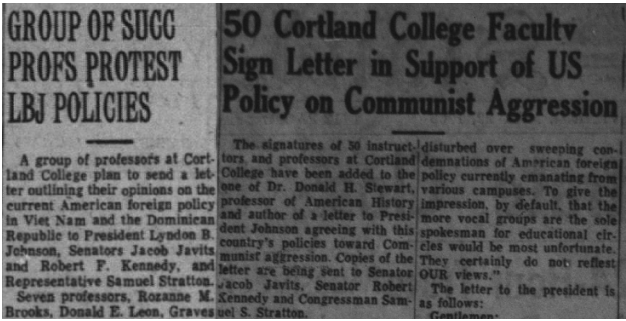
On May 6, 1965, seven faculty members sent the Cortland Standard an open letter criticizing President Lyndon B. Johnson’s escalation of the Vietnam War and the invasion of Santo Domingo. Addressed to President Johnson and other state politicians, the letter asserted that “The extremism of recent American policy in Vietnam and the Dominican Republic disturbs us deeply: Did Barry Goldwater lose the battle for votes in 1964 only to win the war of principles in 1965?” In response, another letter was sent to the Cortland Standard in support of Johnson’s policies. Signed by fifty faculty members, the May 23rd letter retorted, “Others may choose to ignore or belittle the open and secret aggressions of communism, repeated violations of agreements in both letter spirit, and the openly-reiterated intentions of world domination; we cannot.” The incidents of 1965 reflected the divisive political climate of the time, initiating a decade long debate at Cortland over the Vietnam War which culminated in the rebellious 1970 student strike.
1965Board of Governor’s Circulating Fund
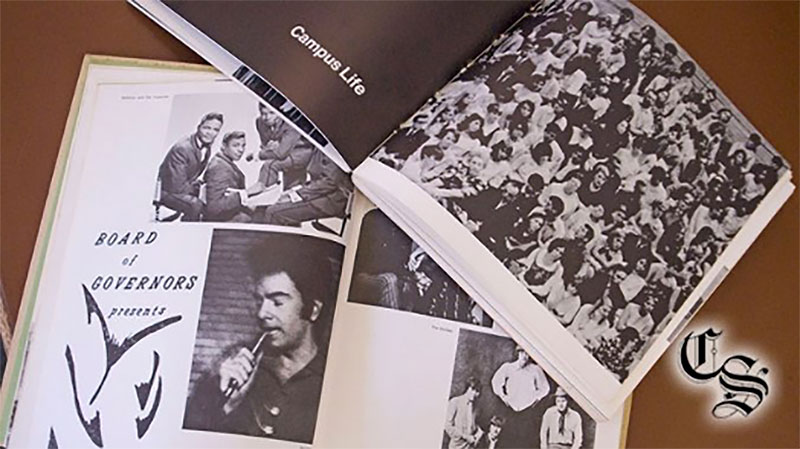
The newly formed student-run Board of Governor’s Circulating Fund, co-chaired by Rocco Scaptura and Jack Oldrin, brought major musical acts to campus with money generated from ticket sales rather than from student funds. The first act the group brought to campus was Simon and Garfunkel on March 11, 1966. The following two and and a half years saw thirteen additional concerts on campus with such performers as The Four Seasons, The Temptations, Led Zeppelin, B.B. King, Chad and Jeremy, Anthony and the Imperials, Jay and the Americans, and the Hollies. Neil Diamond performed in January 1968, in the HPER (Moffett) Gymnasium. Due to the efforts of the Board of Governors, its officers, and its Faculty Advisor Louis Hills, there was a strong foundation to bring concerts to campus in the 1970s when the Circulating Fund Committee was replaced by the College Concert Committee.
1965-69Ruth E. Dowd Fine Arts Center
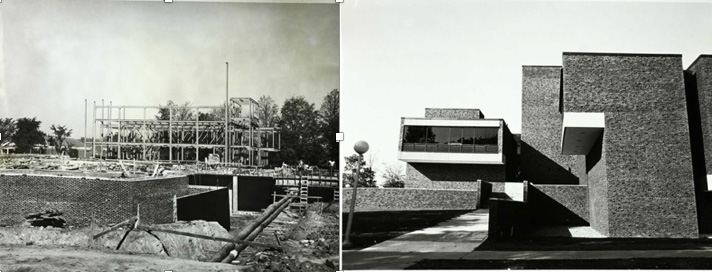
The original president’s residence on Graham Ave was torn down to make room for the College’s new fine arts building. It opened in August of 1967 and was dedicated later that year in honor of Ruth E. Dowd, a Cortland alumna and faculty member who taught music at Cortland for forty-three years. The Ruth E. Dowd Fine Arts Center was constructed to provide space for such departments as music, art, and drama. It also provides general classroom space for liberal arts courses. Dowd houses a 400-seat theater with studio, dressing, makeup and costume rooms; music rehearsal rooms; an art gallery that is open to the public; art studios; and classrooms. When the Dowd Fine Arts Center underwent a major renovation in 2010, the College temporarily relocated its art gallery to Main Street and its classes to portable trailers and classrooms around campus.
1967WSUC Goes On Air
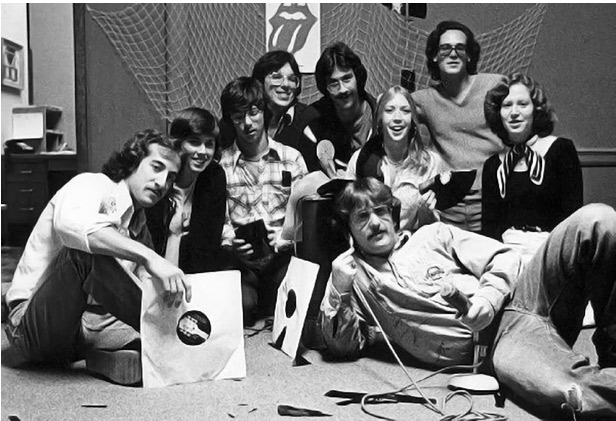
SUNY Cortland’s first student radio station, WSCU, began broadcasting in April 1967 out of a house on Broadway where Casey and Smith Towers now stand. The original radio station was transmitted through the campus telephone lines and was only available to those living in campus dormitories. The first student station to play over local airwaves, WSUC 90.5FM (The Dragon), broadcast from Brockway Hall beginning November 26, 1976.The College expected to retain the WSCU call-letters, however per FCC regulations the program was required to submit four alternative call-letters. The submitted options were WSCU, WMLF (station master Michael Flaster’s initials), WCJL (chief engineer Corey Leibow’s initials), WRTC, and — jokingly — WSUC. Ironically, all but WSUC were already taken. In 1995, the station began bringing National Public Radio programming to its listeners when student programming signs off.
1967Equal Opportunity Program
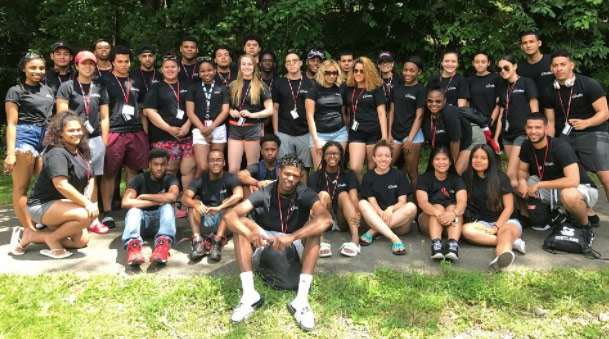
Chancellor Samuel Gould established a statewide mandate in the late 1960s to create a Equal Opportunity Program. After a 1967 legislative appropriation bill gave birth to the program, Cortland’s Alan D. Willsey worked with a faculty committee to establish Cortland’s program. Directed by Frank Burdick of the History Department shortly after the program’s establishment, Cortland’s EOP was one of the College’s first initiates in support of students who would otherwise be excluded from higher education “due to circumstances of academic under preparation and economic disadvantage.” EOP has produced a number of student leaders and distinguished alumni, including club presidents and Student Government Association officers.
1968Distinguished Alumni Award
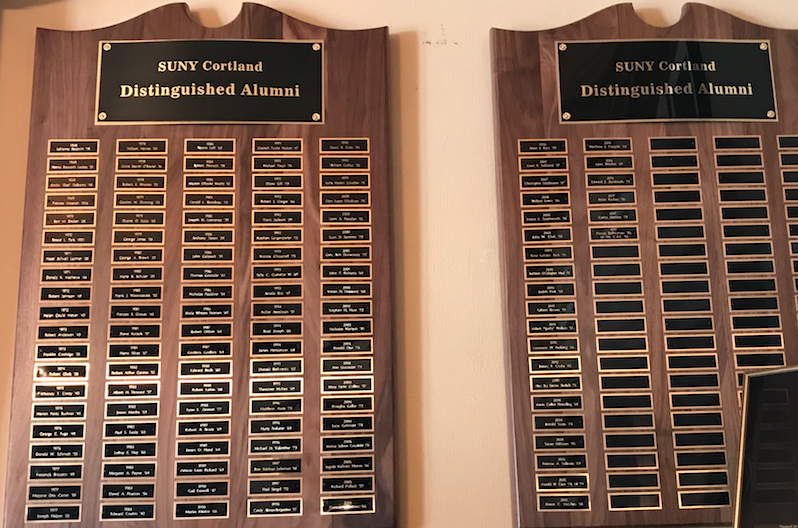
The Distinguished Alumni Award, the most prestigious award given by the Alumni Association, honors individuals who have demonstrated outstanding contributions to their communities or professions and to their alma mater. The Association has awarded 126 individuals with this award between 1968 and 2017.
1968Honorary Alumni Distinction
The Alumni Association established this honor for individuals who did not graduate from SUNY Cortland but who have given significant service to the institution. Between 1968 and 2013, eight individuals have been recognized with this honor.
1968SUNY Cortland celebrates 100 years
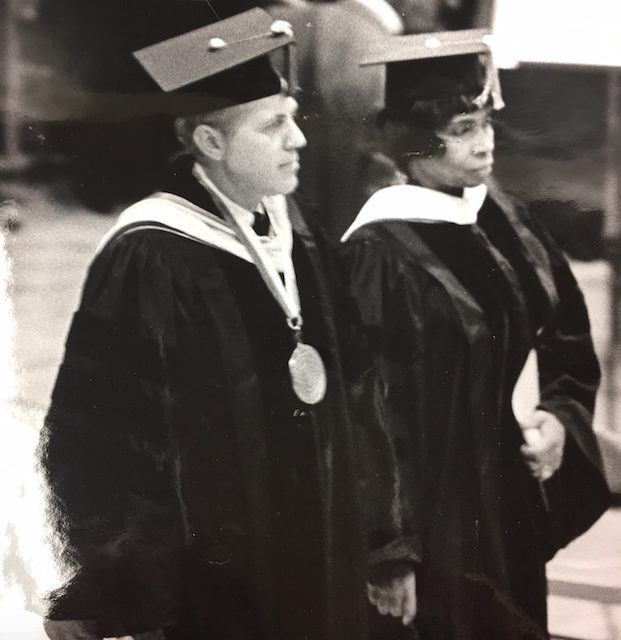
In the 1967-68 academic year, the College celebrated its 100th year anniversary. The celebration began at Opening Convocation on September 24, 1967 with President Young giving the major address, which he titled “The Challenge of Change.” Professor Samuel Forcucci was commissioned with composing the Cortland Centennial Fanfare, which was performed at convocation. World-renowned singer (and civil rights icon) Marian Anderson participated at the convocation, with Syracuse Symphony Orchestra performing Aaron Copland’s Lincoln Portrait as Ms. Anderson narrated the words. Marian Anderson also received a special Centennial medal. The rest of the academic year was filled with events to celebrate the centennial. They include: Football Old Timer Day, the opening of the Fine Arts Theater with the performance of “Brigadoon,” a Faculty Centennial Dinner, The Cortland County Chamber of Commerce hosting SUNY Chancellor Samuel Gould to their annual meeting, and the dedication of eleven buildings including, Lusk Field House, Alger Hall, Clark Hall, Fitzgerald Hall, Higgins Hall, Winchell Hall, Bowers Hall, Cornish Hall, Moffett Center, Miller Building, and Sperry Learning Resources Center. The celebration was highlighted by its Centennial Week in March of 1968, which included the Centennial Convocation to open the festivities and ending the week with a Centennial Ball. College Singers also held a Centennial Concert in New York City’s Town Hall. Leonard E. Ralston summed the year up when he wrote, “It was a gala year for Cortland.”
1968President Richard C. Jones
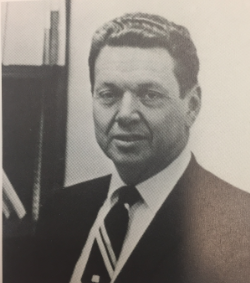
In 1968, SUNY Board of Trustees appointed Richard C. Jones acting president of SUNY Cortland. Originally from New Hampshire, the 52-year old held a Ph.D. in biology from Washington State University. He served as president until 1978. During his tenure, the College increased its connection with its alumni through an official fundraising drive and a quarterly alumni newsletter. He relaxed curfews for women and allowed coeducational living quarters in Cheney and DeGroat halls. Other cultural changes during his tenure included a new alcohol policy that allowed it to be served on campus. During his tenure, the Sports Hall of Fame was established, twenty-seven new degree programs came online, and six new overseas programs were developed. Between 1968 and 1978, $32 million was invested in campus construction projects. Jones’ presidency saw a rise in student enrollment and growth of the physical campus and its liberal arts programs. Jones also encouraged Cortland’s EOP program.
1968C-Club
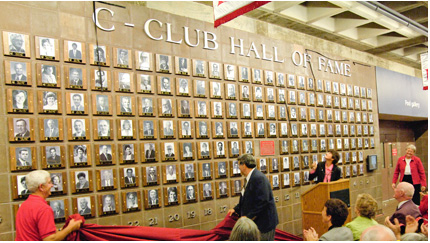
C-Club was established in 1969. Through annual induction ceremonies, the C-Club recognizes athletic alumni who have gone on to distinguish themselves in their respective professions and communities. C-Club members donated the C-Club Pavilion outside the Park Center and maintain the C-Club Wall of Fame in the Park Center Hall of Champions.
1969Student Strike

In Spring 1970, students at SUNY Cortland joined a nationwide student strike in response to President Nixon’s escalation of the Vietnam War, domestic political repression, and the shooting of Kent State students by the Ohio National Guard. On the first day of the strike, thousands of students protested in the area between Old Main and the Miller Administration Building. The following day, a group of radical students occupied the Miller Building. With the support of a few faculty members and food made available from ASC, the students remained in the building overnight. The occupation ended when the College adopted a plan to allow students to remain on strike and receive their current grades for classes they were enrolled in, provided work for the class was completed in a satisfactory way (the Cortland Plan). Some students used this as a way to leave college early, but many decided to remain on campus and continue the strike. Over the days that followed there were many seminars and workshops about issues related to the strike.
1970Bands and Performers on Campus
A diverse array of musicians and other performers visited SUNY Cortland between 1970 and 1975. In 1970, Edwin Starr, The James Gang, and The Guess Who all made appearances. In 1971 The Grateful Dead played to packed Lusk Field House. 1972 brought Billy Joel, The Beach Boys, and Jane Fonda. Earth, Wind, and Fire and Seals and Crofts performed in 1973. Billy Joel returned to the college in 1974, a year that also featured appearances by The Eagles, Linda Ronstadt, and Jackson Browne. 1975 brought The Marshall-Tucker Band and Chick Corea’s Return to Forever.
1970-75Interfaith Center
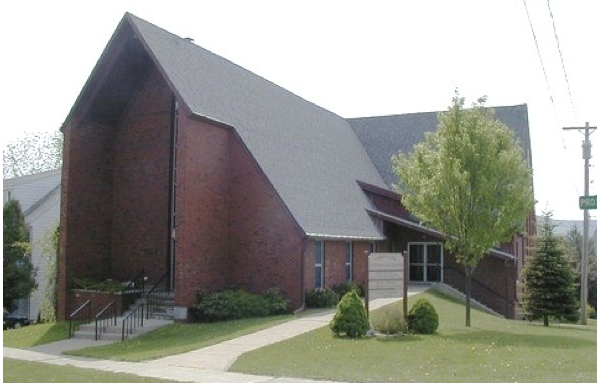
The idea of an Interfaith Center was proposed in the 1950s, through the advocacy of war veteran and student, John Gallipault and faculty member Gilbert Cahill. Gallipault believed that “students’ ethics and values would be maintained and strengthened if there were a religious center on campus.” Lee Crumb, a local automobile dealer donated the land on the corner of Prospect Terrace and Graham Avenue and contributed funds to the kick-start the project. Groundbreaking began on October 3, 1963, but construction was halted in 1964 due to a lack of funds. The building was completed in 1971. Today it is used for Protestant services, interdenominational events, and to host the Interfaith Crew.
1971PER Center Opens
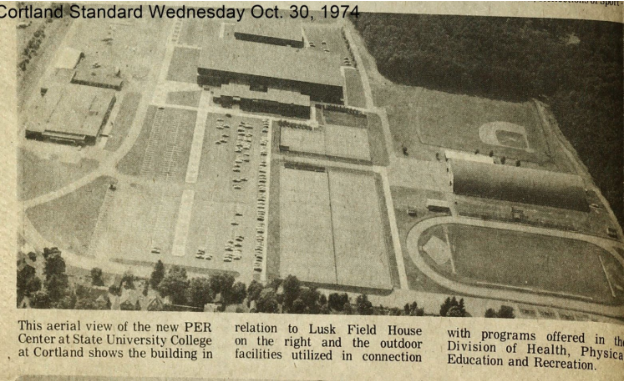
PER Center opened for the 1973-74 academic year after a $10 million construction. The Center is the heart of physical education, containing the Whitney T. Corey Gymnasium, Harriet R. Holsten swimming pool and natatorium seating, and the Alumni Ice Arena where commencement is held for both the College and local high schools. In 1980, the PER Center changed its name to Bessie L. Park PER Center in dedication to influential alumnus and faculty member Bessy Park ‘01.
1973Statewide Faculty Union Established

Before the UUP, in the early 1950s, the the American Association of University Professors (AAUP) established a chapter on Cortland campus. Founded in 1915, AAUP was an advocacy organization for faculty across the state to increase college instruction standards. According to the AAUP, its membership is “open to teachers and research workers on the faculties of approved colleges and universities and to present or recent graduate students of those institutions.” In 1973, in the aftermath of the New York State Taylor Law that authorized unionization drives among state employees, the Cortland organization joined with faculty across the state to established SUNY/United (later United University Professions (UUP)) on each SUNY campus. UUP is the largest union in higher education. Over the last thirty plus years, Cortland’s chapter has had some of the most active members in the statewide union. On Cortland’s campus, union leaders successfully negotiated the title of the full-time lecturer, meet monthly with the administration’s labor-management team to problem solve issues on campus, and offer regular lunchtime meetings and a monthly newsletter to communicate about pressing local and statewide matters. Presidents of this chapter have come from both professional and academic sides of the College, signifying the uniting of all faculty through membership in UUP.
1973Brauer Field Station
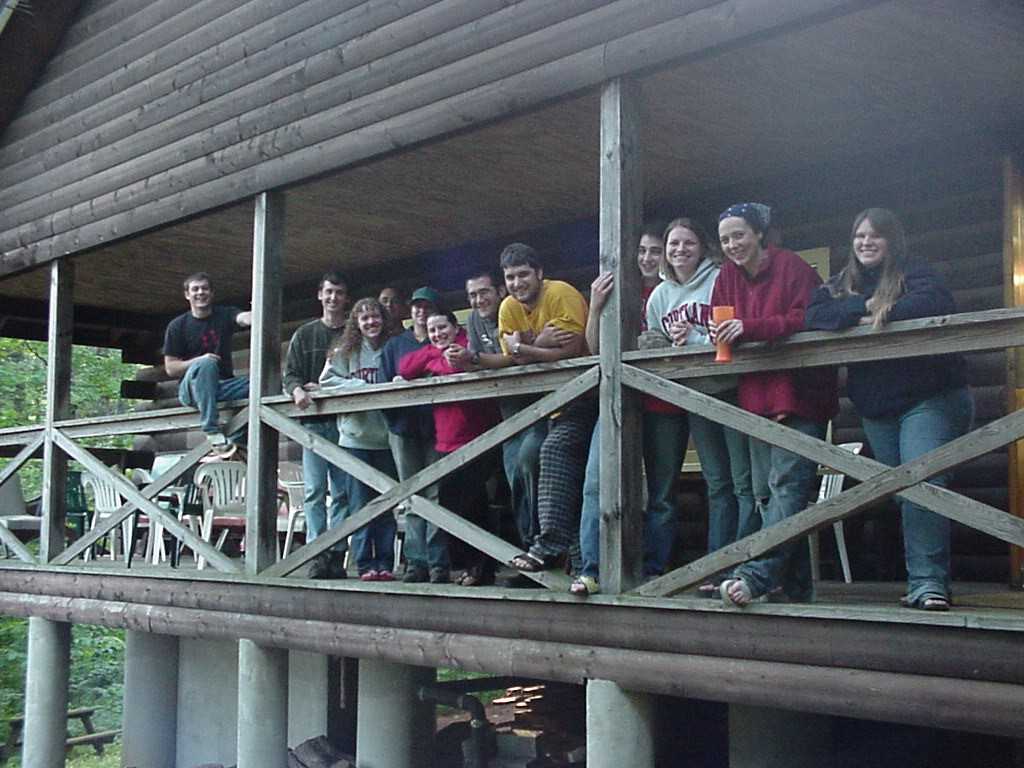
Everton and Elsie Brauer donated the Brauer Field Station in 1975 in memory of their son, Robert C. Brauer, a geology major at the time of his death. The Brauer Field Station is located a few miles south of Albany and is the only geological field station operated by a New York State University. The field station is an example of SUNY Cortland’s commitment to students engaging in experiential learning opportunities.
1975Distinguished Young Alumni Award
The Alumni Association established this honor for those younger than thirty-five years of age who are graduated for fewer than ten years. Between 1977 and 2017, twenty-four graduates have won this recognition.
1977President James M. Clark
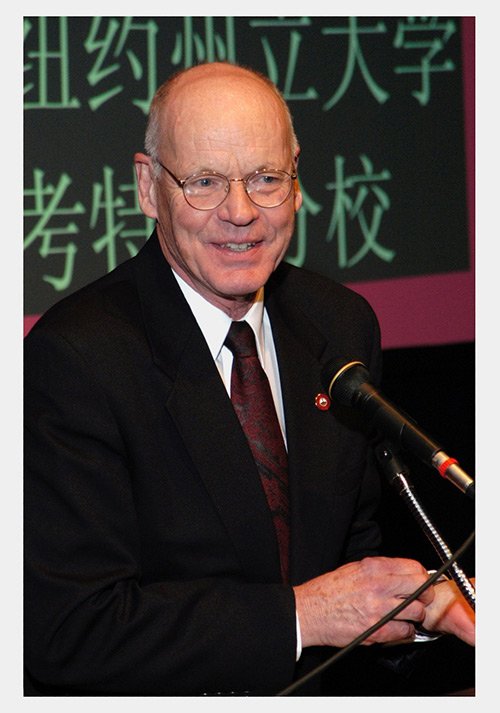
James M. Clark served as the president of the SUNY Cortland from 1979 until 1995. He graduated from the University of Michigan with a bachelor’s degree in social studies education and a doctorate in political science. Clark traveled extensively and maintained a lifelong interest in world cultures. His presidency occurred during a fiscally challenging period in New York State history. Under his leadership, the College closed the campus school. At the same time, President Clark remained a strong advocate of liberal education. He supported international education, faculty reforms to the College General Education system, and the introduction of the College to the computer age.
1979-95Broomball
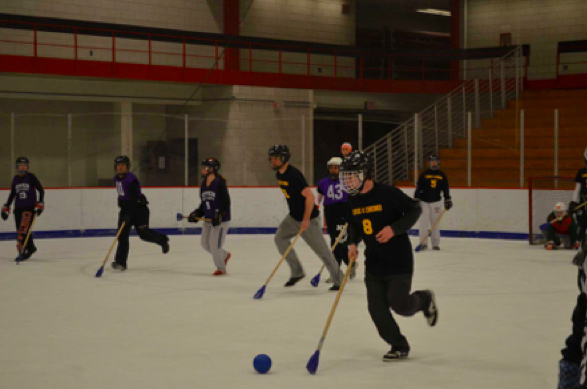
Broomball came to Cortland in the late 1980s. Interest in the sport exploded from the 1990s through the 2000s. In these years, varsity athletic teams and local youth hockey leagues used the Alumni Ice Arena pushing broomball games to as late as 3:00 A.M. Interest in broomball grew to the point that Recreational Sports staff had to limit registration to one hundred teams. In 2012, an all-star game featured teams of eleven that played the full length of the ice. Currently, registration remains around forty teams, and games are still played until 12:00 am.
1980Women's Soccer First National Championship
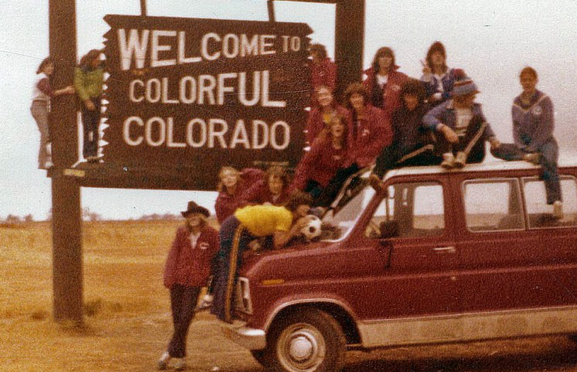
In 1980, Cortland’s women varsity soccer team earned their spot in a national championship tournament in Colorado. That year, women’s soccer was not sanctioned by the NCAA. The tournament’s main goal was to foster legitimacy for women’s soccer and to establish competition on a level equal to men’s soccer. With limited funds, Cortland’s team drove to Colorado to partake in the competition. There they emerged victorious, defeating UCLA 5-1. Their efforts and victory had significant repercussions in boosting women’s soccer at competitive institutions around the country. The 2017 documentary Cortland to Colorado recognizes the significance of Cortland’s team and their role in boosting the growth of women’s soccer nationally.
1980Campus School Closes
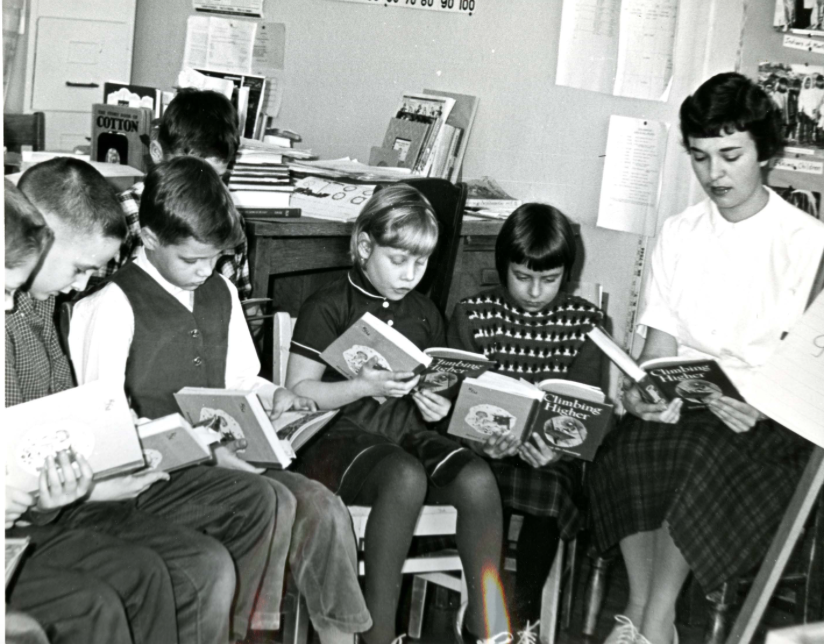
By 1981, the College’s liberal arts focus and budgetary constraints forced the Campus School to close despite resistance from the faculty union and local community members. Evidence of the Campus School can still be seen today in the form of observation windows in the back of many of Van Hoesen’s classrooms. Van Hoesen Hall now houses the Communications Department, student services, and general purpose classrooms.
1981Cortland Delegation Visits Beijing Teachers' College

President Clark and Drs. Willie Uschald (International Programs) and Paul Fan (Political Science) visited Beijing Teachers’ College (now named Capital Normal University) in 1985 to establish an exchange program. This not only signaled the growth of Cortland’s international profile, but was also among the first exchange programs that Beijing Teachers’ College participated in with a non-communist country. This program has provided many students from both schools the opportunity to experience other cultures.
1985Multidisciplinary Center for Minority and Women’s Studies
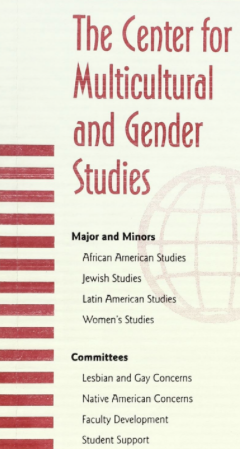
Established in 1985, the Multidisciplinary Center for Minority and Women’s Studies coordinated minors in African American, Women’s, Latin American, and Jewish studies. The Center changed its name to the Multicultural and Gender Studies Council in 1988 and to the Center for Multicultural and Gender Studies in 2000. In addition to continuing its oversight of minors, the Council (and then Center) organized events promoting diversity and equality on campus and in the community. In 2008, the Center for Multicultural and Gender Studies Council restructured itself as the Center for Gender and Intercultural Studies (CGIS) with a focus on scholarship. CGIS offers workshops on grant writing and supports the Transnational Women's and Gender Studies journal, Wagadu. Its mission is to teach “about systems of oppression and discrimination, and strives to enable mutual respect and understanding of cultures and underrepresented groups.”
1985Gospel Choir
Professor Samuel L. Kelley and a small group of students founded the Gospel Choir in 1985. Three decades later, it continues to attract talented students who perform many concerts each year on campus, across the state, and nationally. In 2007, the Choir made its international debut in England, presenting concerts in Brixton and London. Since its inception, the Choir has hosted an annual African American Gospel Music Festival that attracts guest choirs from nearby colleges, universities, and churches.
1985Honorary Degree to Chuan-Wei Wang
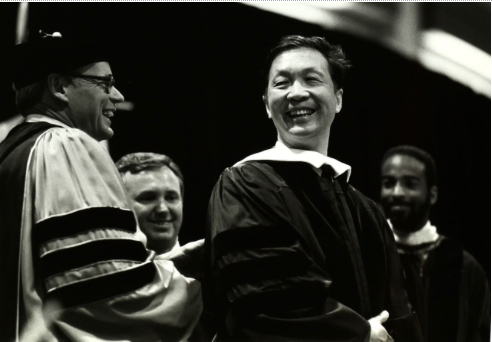
After visiting the Capital Normal School in 1979, President Clark took a four month study sabbatical in Beijing to improve SUNY Cortland’s relationship with the Beijing Teacher’s College. In 1987, two years after President Clark’s sabbatical in China, SUNY Cortland awarded Chuan-Wei Wang, the president of the Beijing Teachers College (later Capital Normal University), an honorary degree. Over the years, SUNY Cortland has given a number of honorary degree to worthy recipients.
1987T. Fred Holloway Field Dedication
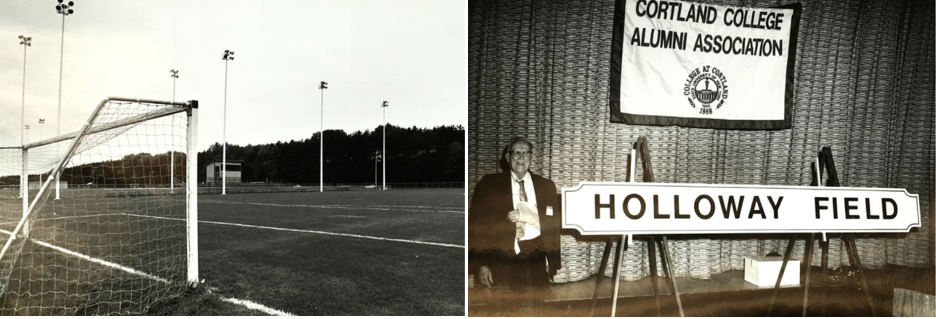
On October 17, 1987, Cortland dedicated its varsity soccer field in honor of Dr. T. Fred “Prof” Holloway. He served as a member of the Physical Education Department and head coach for the men’s soccer team from 1936 until his retirement in 1973. During his time as head coach, Holloway called his team the “Red Mules” to avoid confusion with the “other team” (Football Red Dragons). Under his leadership, the men’s soccer team built a record of 191 wins, 94 losses, and 23 ties. Holloway was also chairman of the original constitution committee of the National Soccer Association of America (an early version of the NCAA), and served as its president in 1952. According to the Holloway Field dedication pamphlet, Dr. Holloway should be remembered as a “true gentleman who, in his four decades as an educator at Cortland, helped mold generations of New York State’s physical education leaders through his unwavering commitment to the highest ideals of his chosen profession.”
1987Women's Cross-Country National Titles
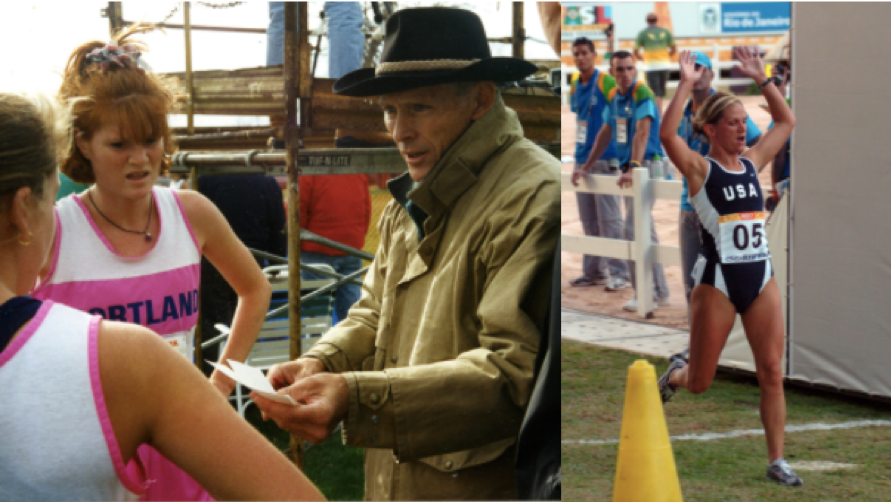
Between 1989 and 1997 the Cortland women’s cross-country team dominated the track world, winning seven national titles under the guidance of the “world’s greatest track coach,” Jack Daniels. During this eight-year period, a number of elite runners passed through Cortland. Victoria Mitchell ’91, for example, won seven national championships in team and individual events and ran the marathon for five USA national teams. Over Daniels’s career, he led SUNY Cortland teams to more NCAA championships than any other coach.
1989Ptolemy Revised
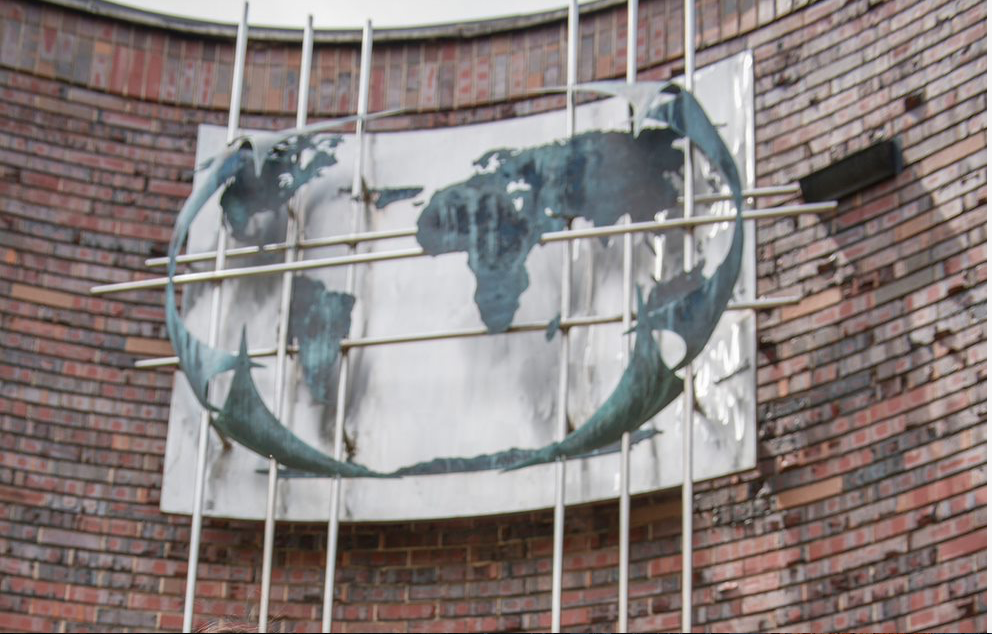
Genevieve Burhans Barden ’60 and Thomas Barden of Homer, NY commissioned Art History Professor Allen Mooney to create Ptolemy Revised in 1992. The stainless steel and bronze sculpture celebrates the College’s international efforts and hangs above the entrance to Whitaker Hall.
1992Woods Fitness Facility
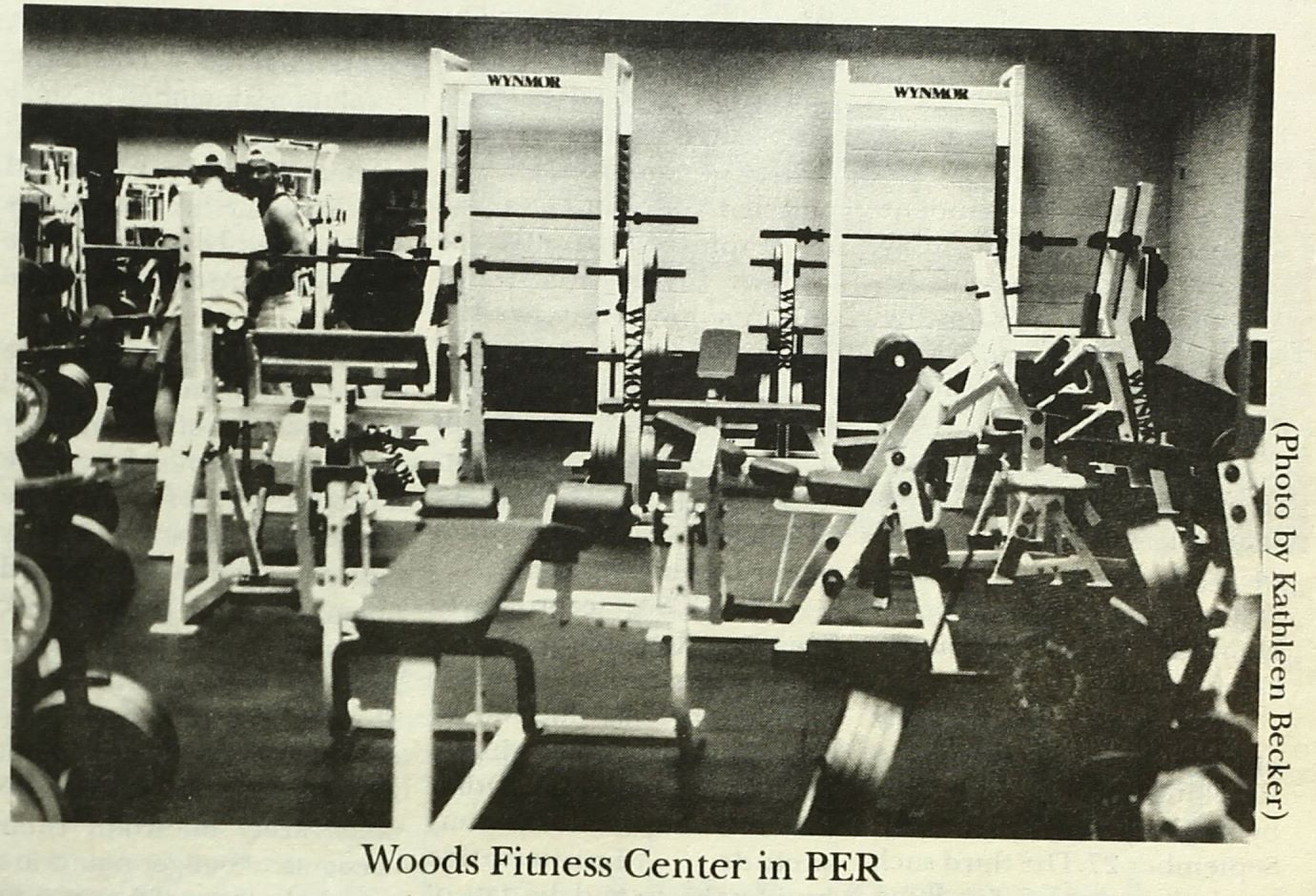
The Woods Fitness Facility, located in Park Center, had its grand opening on September 28, 1992. This facility, made possible by a generous donation from an anonymous source, was dedicated to Francis J. Woods, a 1956 graduate of SUNY Cortland. After graduation, Woods served in the United States Air Force, and concurrently worked toward his Ph. D. in Physical Education, which he earned from Ohio State University. After an honorable discharge and a doctorate, Woods came back to SUNY Cortland to serve as the Director of Athletics from 1968-75. This facility, used by many of the athletic teams, includes, but is not limited to, free-weights, a nine station nautilus circuit, and a thirteen station hammer-weight loaded machine circuit, as well as an aerobic area.
1992Tomik Fitness Facility Opens
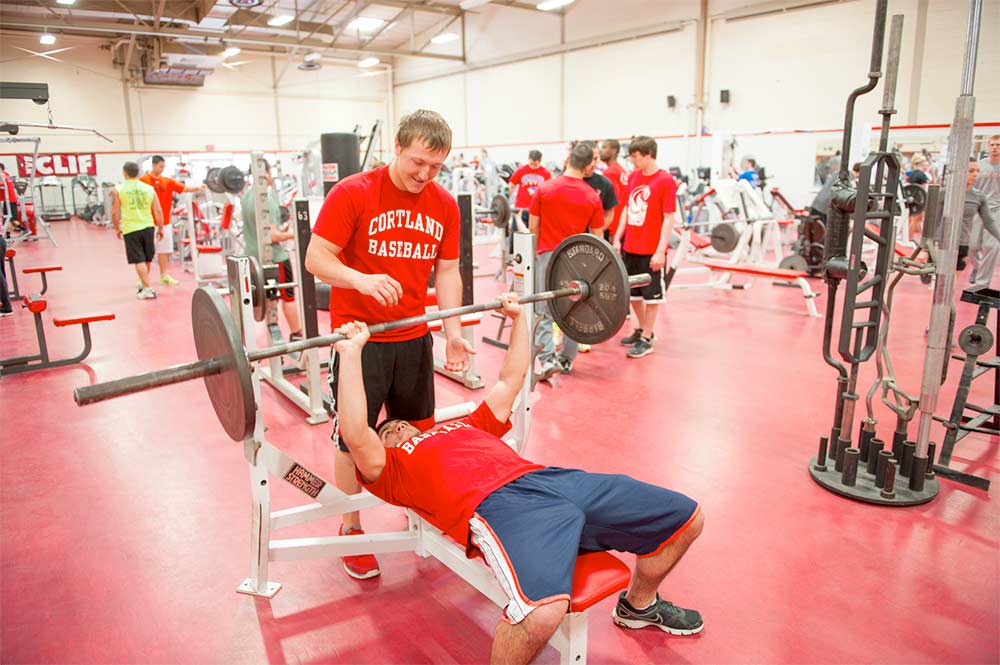
In October 1993, SUNY Cortland dedicated its fitness facility in Van Hoesen Hall in honor of William Tomik ’51. Tomik joined the Physical Education Department in 1957 and was the director of the Human Performance Laboratory at the time of his retirement in 1985. Throughout his tenure, Tomik was most notable for his contributions to the field of exercise physiology, coaching the men’s lacrosse team to national prominence from the late 1950s until the early 1960s, and introducing the “wellness concept” to the Cortland Campus. The Tomik fitness facility embodied the wellness concept due to its extended hours, new equipment, larger space, and focus on individual-use only, not team or group training, all of which signaled a new era in the College’s commitment to physical well-being.
1993Child Care Center Opens
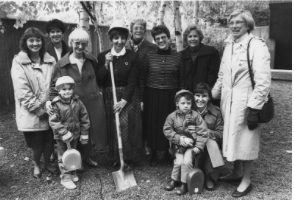
On January 18, 1993, after eight years of planning, the Child Care Center opened its doors. Originally located on the ground floor between the Casey and Smith Tower residence hall complex, the Center was licensed for 57 children. The Center’s three teachers, part-time aides, and volunteers cared for children from six weeks to five years old. Community members were also invited to enroll their children alongside those of students’, faculty, and staff. As a separately incorporated not-for-profit organization, the Center’s director applied for renovation, construction and furnishing grants. As part of the School of Education’s new complex, built in 2006, the Child Care Center got a new home in close proximity to education students.
1993President Judson H. Taylor
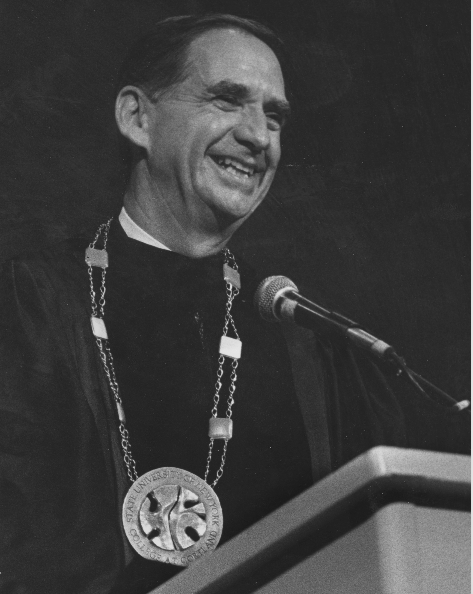
Judson H. Taylor arrived to a campus that showed signs of fiscal strain. Under his leadership, Cortland won a $1.75 million Title III grant, which aided in the creation of new majors, further integration of technology in the classroom, and increases in first-year retention rates. President Taylor also helped establish the Cortland Urban Recruitment of Educators Program (C.U.R.E.) to increase diversity on campus. In 2003, President Taylor was inducted in the C-Club Hall of Fame for his role in strengthening of Cortland athletics and building Cortland’s $18 million Stadium Complex, which has become an economic benefit for both the College and community. Through building strong relationships with students, faculty and alumni, Taylor oversaw the stabilization of the College budget, curricular innovation, an improved physical campus, an expanded faculty, a more diverse student body, and a renewed commitment to the community and its economic development.
1995-2003S.U.R.E. Sit-In
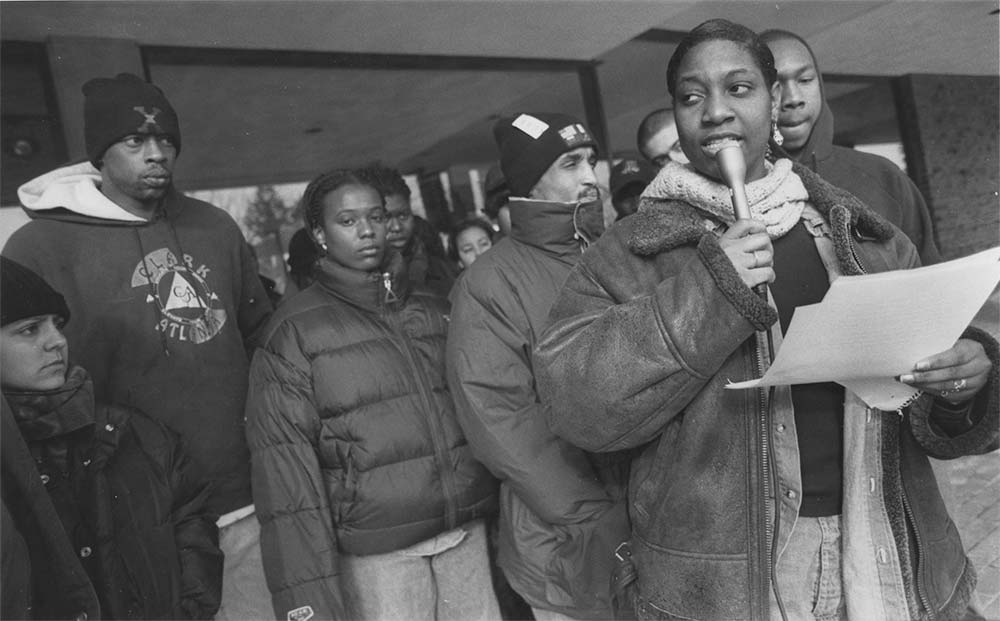
Incidents of racist graffiti in late February 1996 led students to form Students United for Racial Equality (S.U.R.E.). The group staged a 10-hour sit-in in the Miller Administration building and demanded the College amend the student code of conduct regarding similar incidents, establish a counseling service for victims of racial attacks, and create a mandatory workshop on cultural diversity. The College responded by canceling classes on March 27 in order to hold a Multiculturalism Awareness Day forum in Corey Union. The forum was intended to create a sense of unity and raise awareness of the discrimination faced by different groups and featured talks from President Taylor, faculty members, and students, including several affiliated with S.U.R.E.
1996International Education
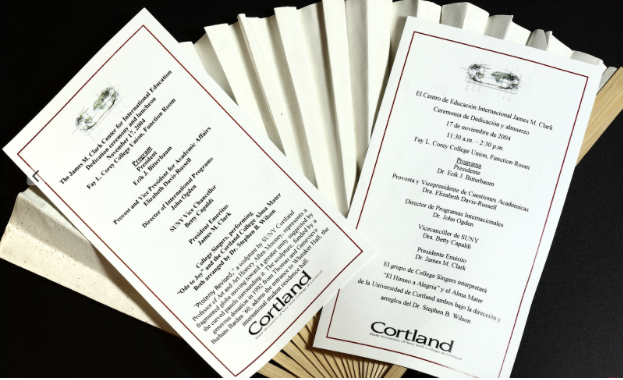
In 1996, the Center for International Education formed to consolidate the College's various international programs and showcase its commitment to international education. The streamlining of the programs allowed them to function more effectively through better coordination and integration. The mission of the Center was to “promote scholarly projects in the area of international education… assist faculty and students who are pursuing research collaboration with foreign scholars...and promote the exchange of scholars and cultural collaboration.” In 2004, the Center was renamed the Clark Center for International Education (now called the Clark Center for Global Engagement) in honor of President James M. Clark. Today the Center promotes internationalization within the curriculum and sponsors public lectures, programming, and events on issues of global significance.
1996Hank Aaron to Campus

In 1997, baseball legend Hank Aaron, spoke on campus about his experience as an African-American man in baseball and the importance of overcoming prejudice and discrimination. The event, sponsored by the Campus Artist and Lecture Series, showcased Aaron’s message of inclusion and community. His visit also supported the recommendations of the the College’s Multicultural Treatment Work Group, a committee established by President Clark, to address issues of inequality and intolerance on campus.
1997Grand Re-Opening of Old Main
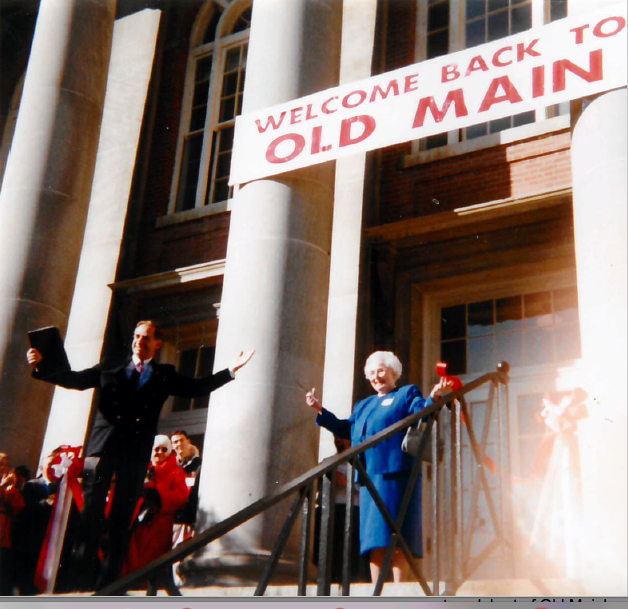
President Judson H. Taylor and Ruth Blanchard ’23 officially kick-start the Old Main Diamond Jubilee Celebration in October 1997 to celebrate Old Main's reopening after an extensive renovation.
1997SGA Dedicated Fitness Fee
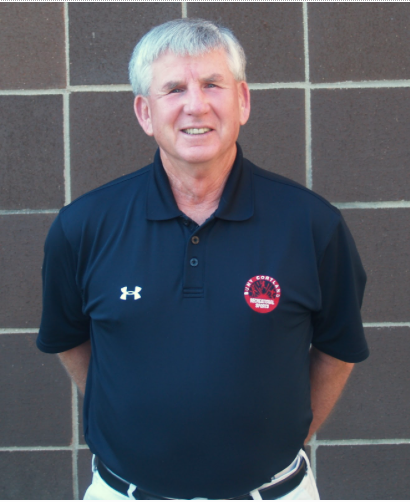
In 1998, the Student Government Association (SGA) dedicated fitness fee was passed due to the efforts of Director of Recreational Sports Julian Wright. SUNY previously forbade campuses from charging students fees for certain types of services. Mr. Wright opposed this agenda and lobbied Cortland’s SGA to allocate a portion of their student fee money to go towards Recreational Sports to help with planning, operations, and program development. As a result, student membership fees for use of recreation facilities came to an end and allowed Recreational Sports to hire graduate assistants and employ full-time staff to supervise intramural and club sports.
1998C.U.R.E. Established
In 1998, President Judson H. Taylor helped establish the Cortland Urban Recruitment of Educators Program (C.U.R.E.) as part of his larger commitment to increasing diversity on campus. C.U.R.E. offers full, four-year scholarships to minority students in exchange for a two-year commitment to teach in an inner-city school. Its first coordinator, Michelle Kelly was dedicated to making sure C.U.R.E. students were educated in issues of multiculturalism, institutionalized racism, and poverty in public schools. Beginning in 2002, the program began issuing a newsletter that focuses on the unique challenges of working in an urban setting, promotion of the program, and sharing individual stories and accomplishments. In 2017, under the programs most recent coordinator, Associate Professor of Foundations and Social Advocacy Anne Burns Thomas, C.U.R.E. was awarded a $650,00 grant from an Education Department program called My Brother’s Keeper Teacher Opportunity Corps (TOC). The allocations have resulted in a 50 percent increase in the number of students participating in C.U.R.E programs. SUNY Cortland’s TOC program builds upon the framework already established through C.U.R.E. by focusing on aiding high school youths who might have never considered pursuing a teaching profession. The funding has expanded the programs ability to reach high-needs schools in urban areas through increased field placements, internships, and providing students with extensive mentoring to support their academic and leadership success
1998Outstanding Volunteer Award
This award is the most recent developed by the Alumni Association. The first person to take home this honor was Rosemarie Luppino Kleinspehn '49, a travel industry professional, who organized nearly a dozen destination reunions for veterans and spearheaded the popular post World War II reunions. Fourteen others have won this prestigious award between 2000 and 2017.
1999Joan Sitterly, Athletic Director
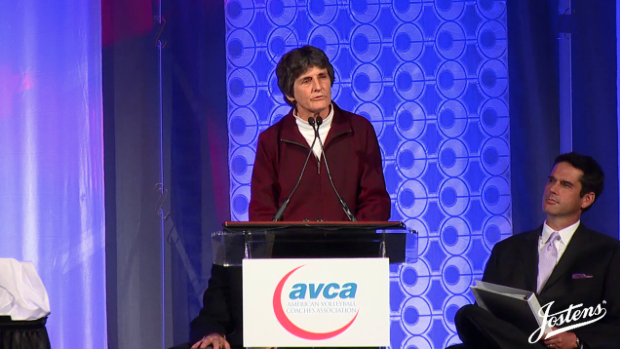
Joan Sitterly served Cortland’s Athletic Director from 2000-10. Sitterly brought athletic experience along with her reputation as a premier women's volleyball coach. Between 1983 and 2004, Sitterly was the second coach in NCAA Division III women's volleyball history to reach 800 career wins. Her team qualified for the NCAA Division III tournament in eighteen of her 20 years, captured thirteen SUNYAC titles, and achieved the SUNYAC East Division championships each year between 1985 and 2001. A seven-time SUNYAC coach of the year, Sitterly was also voted American Volleyball Coach Association’s Regional Coach of the year seven times.
2000Rozanne M. Brooks Museum Opens
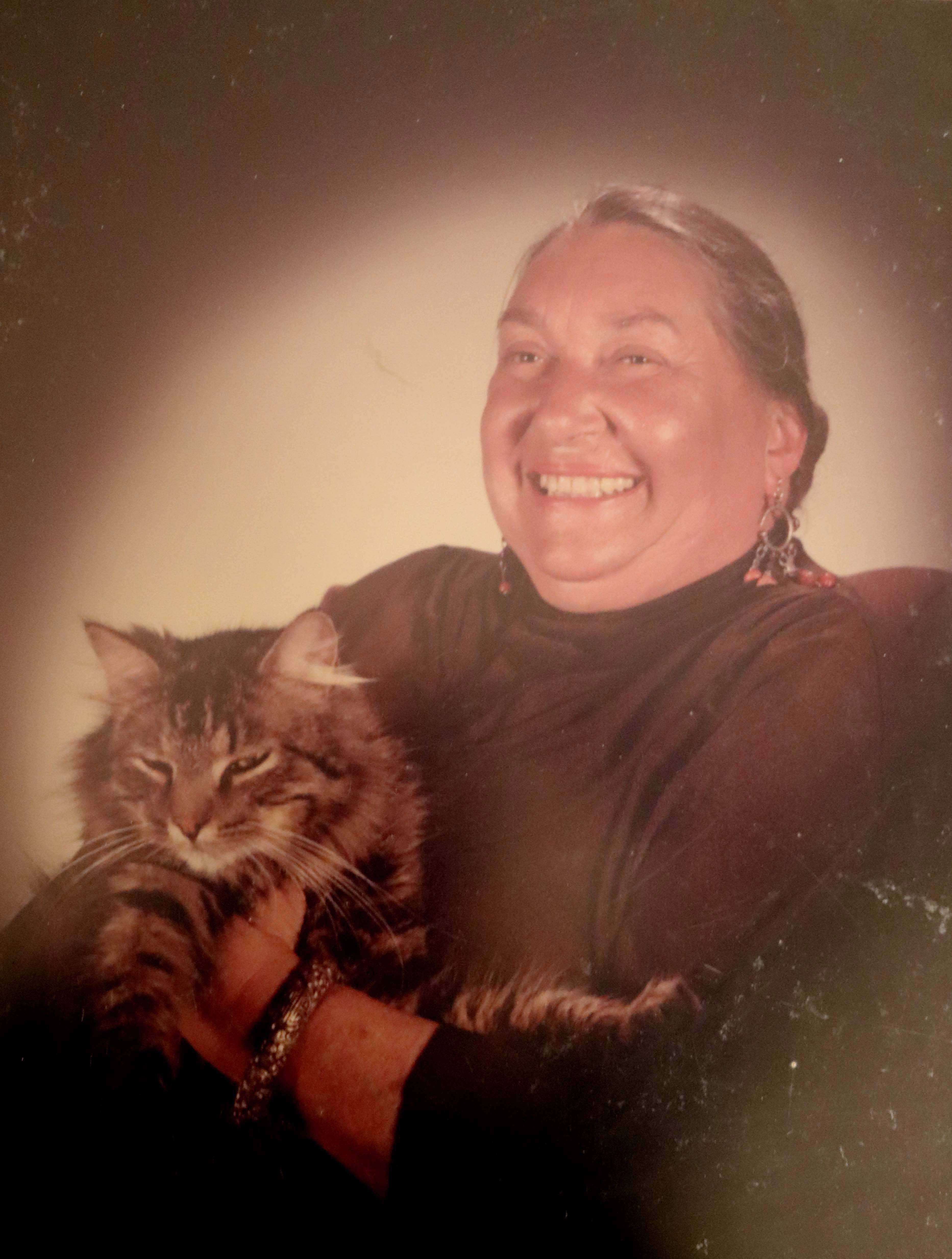
Distinguished Teaching Professor of Sociology/Anthropology Emerita Rozanne Brooks established the museum as a legacy of her lifelong dedication to teaching students about cultures throughout the world. Brooks taught at Cortland from 1956 until she retired in 1992. Before her passing in 1997, she donated her collection of ethnographic objects to the Sociology/Anthropology Department to create a foundation for a teaching museum. In October 2001, the teaching museum opened to the public and currently houses approximately 200 items.
2001Rozanne M. Brooks Lecture Series
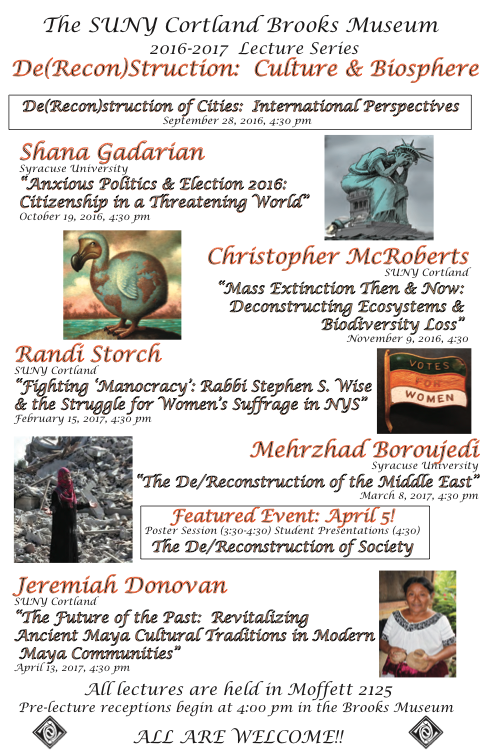
Distinguished Teaching Professor Emeritus of Sociology and Anthropology Rozanne Brooks provided an endowment that sustains this prestigious lecture series. Professor of Sociology and Anthropology Sharon Steadman continues Brooks’ tradition of excellence, and has organized the lecture series since its inception in 2001.
2001An Attack on the Nation
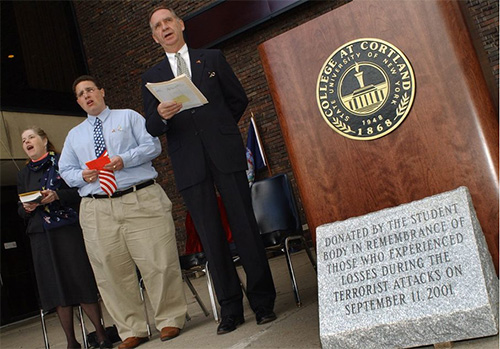
On September 11, 2001, a terrorist attack against the United States, perpetrated by 19 men, killed 2,977 men, women, and children. Three days later, SUNY Cortland students, faculty, and staff held a candlelight vigil on campus to honor those who had died, including seven SUNY Cortland Alumni: Kenneth VanAuken ’77, Glenn Thompson ‘79, David Garcia ’84, Donald Spampinato, Jr. ’84, Alfred Maler ’85, Michael J. Boyle, and Karen S. Navarro ’94. Every year since then, the college pays homage to the victims of the attack by holding a vigil and coming together as a campus.
2001SMTLC Established
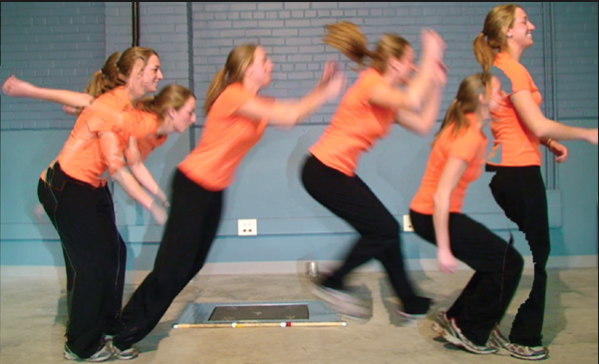
Pinnacle Systems-Team Sports (Pinnacle) gave the College a software gift valued at $6.1 million to help establish the new Sport Management Technology Learning Center (SMTLC). Three years later, the international software company Dartfish donated over $1 million in software and services. Together Pinnacle and Dartfish allow Cortland students to work with cutting-edge technology that professionals use when applying analytics and video analysis to national football, baseball, hockey and Division I league games, among other athletic events.
2002School of Education Established
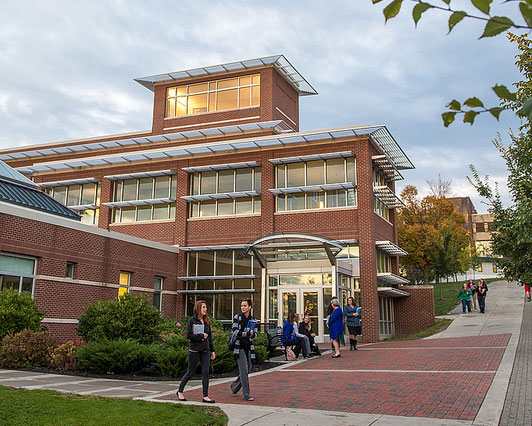
Dean of Professional Studies Helen Giles-Gee initiated discussions to create a separate School of Education to house the following departments: childhood and early childhood, educational administration, foundations and social advocacy, and literacy. Provost and Vice President for Academic Affairs Elizabeth Davis-Russell explained the move as “part of the College’s effort to continuously improve the excellence of our academic programs.” Dr. Edward Caffarella, a nationally recognized leader in teacher education and educational technology, was appointed dean of the School of Education in 2003 and successfully centralized teacher accreditation efforts.
2003President's Philanthropy Medal
President Taylor established the College’s President’s Philanthropy Medals to acknowledge generous donations given during its first capital campaign. The Cause for Cortland ran between 1998 and 2003. Its medal recipients included: the Auxiliary Services Corporation of SUNY Cortland; Jean and William Cadwallader; Louise Conley; Jean Dunlavey ’64; Peter Eisenhardt ’67; John Fantauzzi ’58; Peter Fine; Charles A. Gibson; Margaret I. Gibson; Robert C. Howe; Carole Wilsey Phillips ’48; the Student Government Association of SUNY Cortland; Donald ’59 and Donna Bell Traver ’59; and Victor Rumore II ’84.
2003President Erik J. Bitterbaum
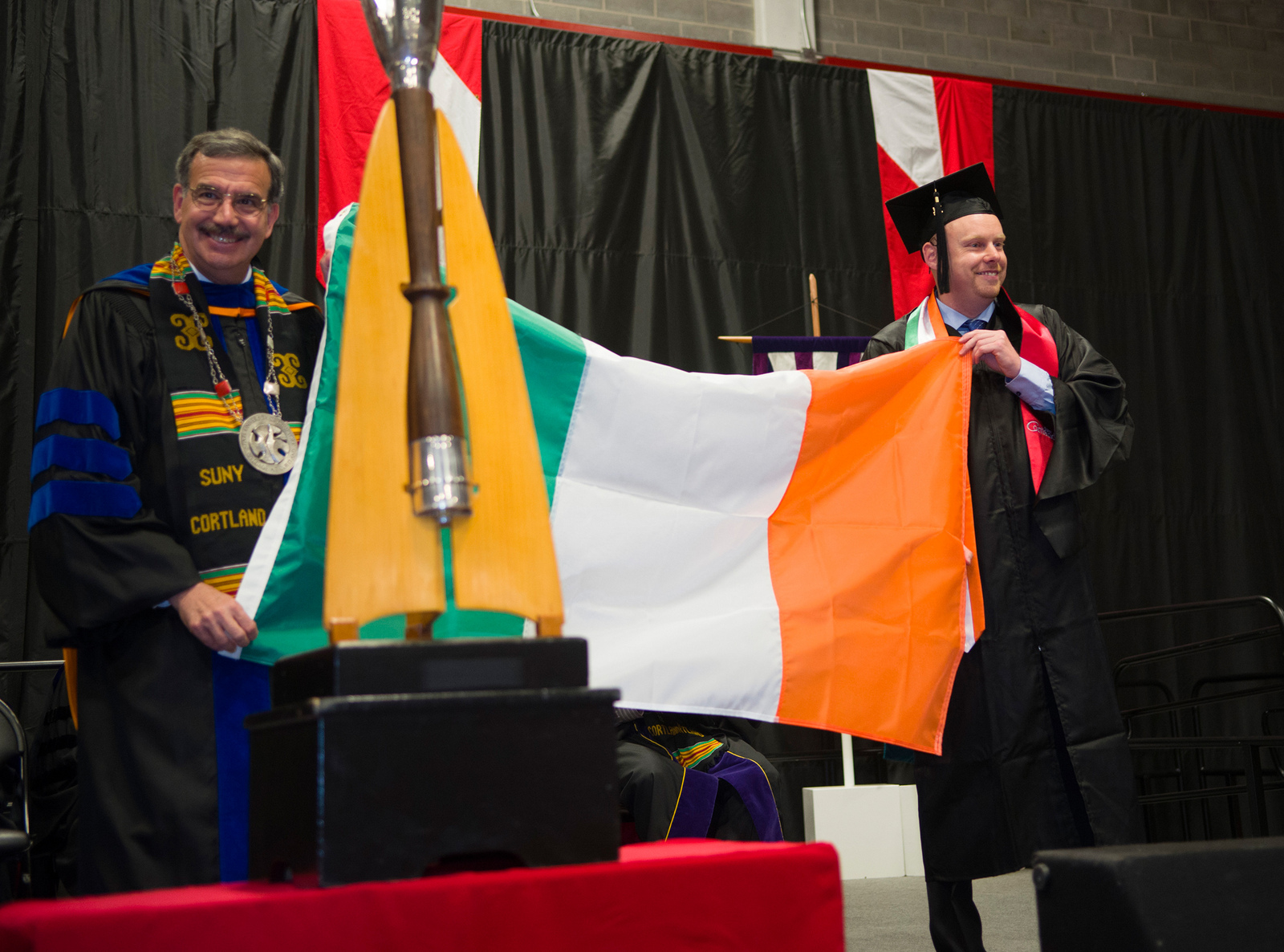
Erik J. Bitterbaum earned his M.A. in Biology from Occidental College and his Ph.D. in Zoology from the University of Florida. Having traveled the world in his youth and studied abroad in college, Bitterbaum affirmed Cortland’s commitment to internationalization. At the same time, he encouraged College faculty to integrate community service, volunteerism, and service-learning across the curriculum. Bitterbaum acknowledged how closely the College’s future was tied to the well-being of the surrounding region. He committed to revitalize the campus’s appearance and infrastructure, to spark its students and faculty to be engaged citizens, and to continue to secure the campus’s financial stability. During his presidency, the college experienced an extended period of refurbishment and new construction, including a new education building, a new science building, new residence halls, and a Student Life Center. Under Bitterbaum’s leadership, Cortland also became home to the New York Jets’ summer camp during the years 2009 through 2014, broadening the national recognition of the college. The “students’ president,” Bitterbaum was known for his accessibility and consistent attendance at campus events. Under Bitterbaum’s leadership, Cortland successfully increased the diversity of its student body.
2003Senator Hillary Clinton at Commencement
On May 17, 2003, Senator Hillary Rodham Clinton, delivered her commencement address in Park Center’s Alumni Arena. She applauded Cortland for turning out more “education majors, more future teachers than any other college in the entire state of New York.” She told the graduates that “this campus stands for a commitment to education that goes back decades and even centuries” and encouraged students to get civically engaged and have their voices heard through the use of the ballot.
2003Lynne Parks '68 SUNY Cortland Alumni House
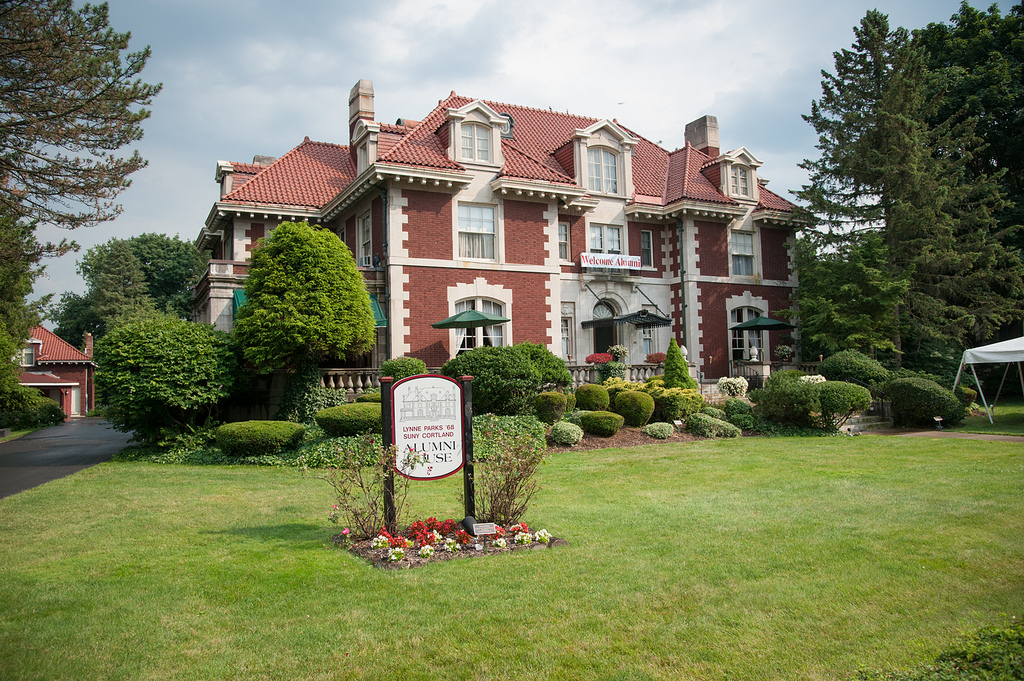
For decades, the Alumni Association wanted an alumni house to serve as a focal point for events, including hosting the annual reunion. Earlier attempts to purchase properties near the College failed, but in 2004 Charles A. Gibson, a retired banker and member of the Cortland College Foundation Board of Directors, agreed to sell his 15,000 square foot Tompkins Street mansion to the Alumni Association.
2004Glass Tower
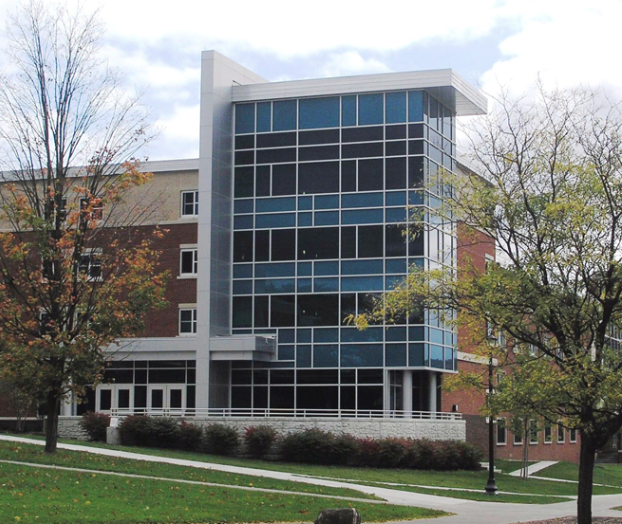
The opening of Glass Tower Hall marked the first time in 30 years that SUNY Cortland constructed a new residence hall. Glass Tower was also Cortland’s first dormitory to earn a prestigious Leadership in Energy and Environmental Design (LEED) designation from the United States Green Building Council. The $12.6 million project produced a four-story residence that features quad-double rooms with shared a bathroom and vestibule. Each student has access to ground-level game and laundry rooms with technological capability of notifying students when machines are done with their cycles and ready for new loads.
2005Undergraduate Research Council Founded
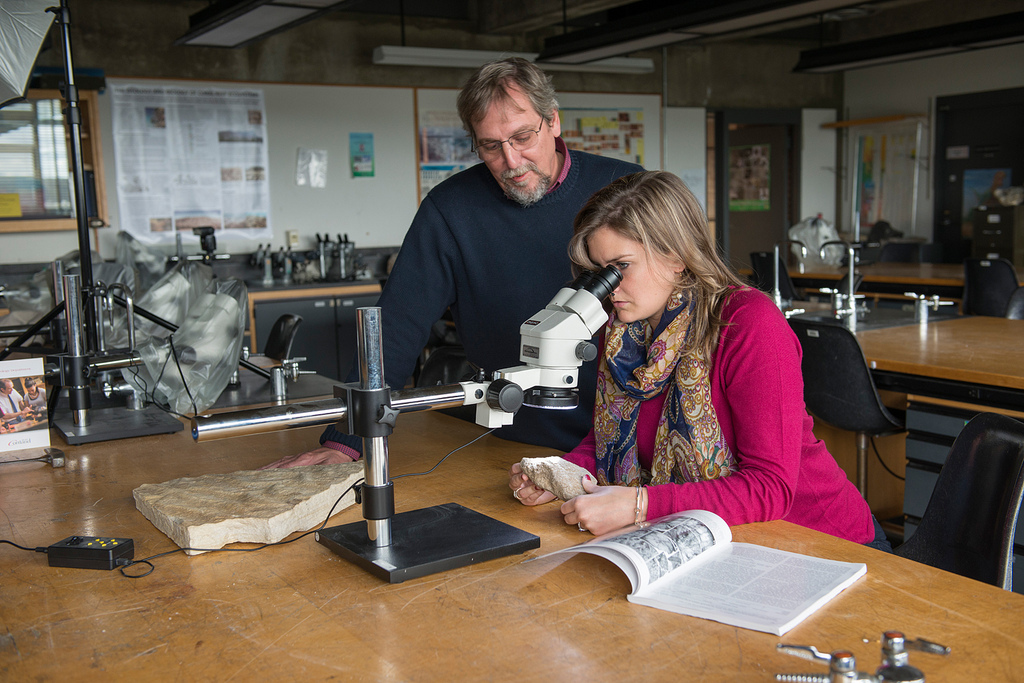
Officially founded in Spring 2005, the Undergraduate Research Council seeks to expand and enhance research opportunities for all students who attend the college. The Council allocates funds for students across multiple disciplines to travel and present their research throughout the nation as well as provide opportunities for full-time summer research projects with faculty. One of the most successful programs is the Undergraduate Summer Research Fellowship that funds over a half-dozen undergraduate research assistants a year. The programs put forth by the Council represent the College’s commitment to providing students with opportunities outside the classroom through hands-on academic research.
2005Cortaca Viewing Parties
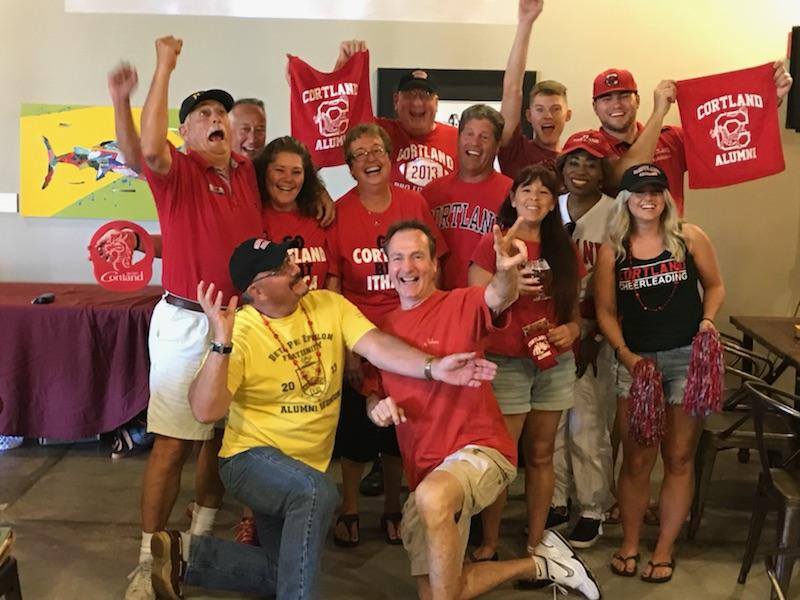
A new annual tradition began this year with support from the College’s Alumni Engagement Office and alumni volunteers. Cortaca viewing parties eventually spread across the state and as far away as Hawaii. The popularity of the event grew every year as more alumni looked forward to recapturing the excitement of Cortaca celebrations. Bob Vinal '71 and Molly Fogarty '11 have co-organized one of the more successful parties at Stout, a pub near Madison Square Garden.
2006Academic Hall of Fame
Each year, since 2006, a committee of faculty and administrators joins with representatives from the student body and the alumni board of directors to consider candidates for this honor. Hall of Fame members graduated from SUNY Cortland with grade point averages of 3.5 or higher; made significant contributions to society through their profession; and graduated over ten years prior to their nomination.
20069 Main Street Opens
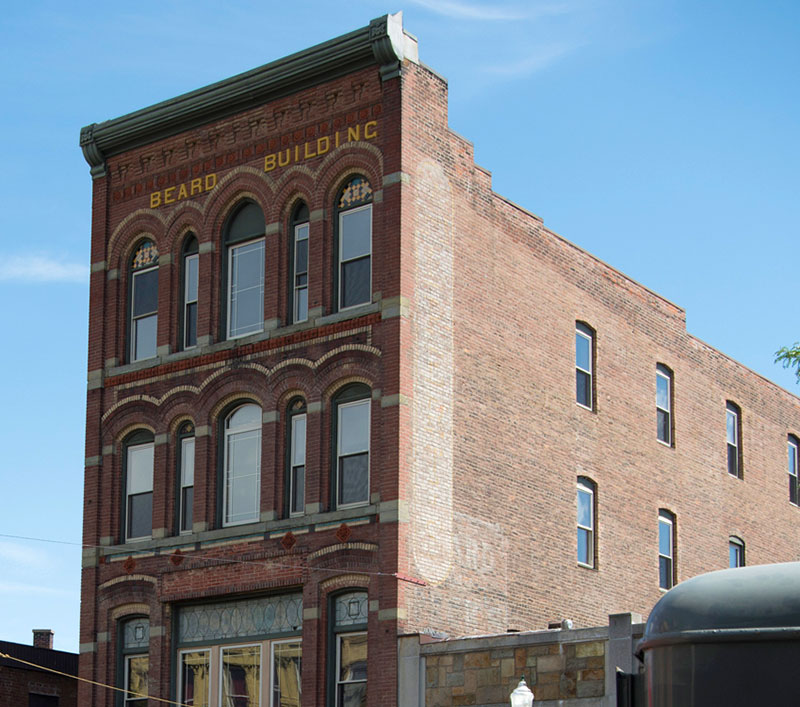
The innovative 9 Main Street project became another visible sign of the college’s commitment to local revitalization. The Main Street campus facility began with discussions led by Distinguished Service Professor Craig Little and co-owner of McNeil Development Daniel J. McNeil, owner of the 9 Main Street Beard Building. McNeil generously invested in building renovations to outfit the needs of the building for academic use. The College used the building for several years, housing classes, art exhibits, and Institute for Civic Engagement initiatives, but eventually priorities shifted when grant funding no longer sustained those efforts. The College’s Main Street experiment had run its course by 2017, but its investment in community partnerships and revitalization endures.
2006Professional Studies Building Renovation
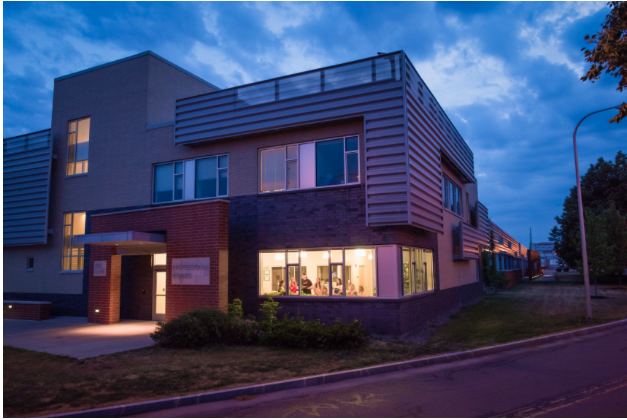
In 1968, SUNY Cortland purchased Studio West (now Professional Studies) from the Overhead Door Company to relocate maintenance operations out of Old Main. Four years later, the Maintenance Department moved again to its present location near Route 281, but the building continued to be used for storage. In the mid-1970s, the Art and Art History Department moved studio arts faculty and classrooms from Dowd Fine Arts Center to the newly-named “Studio West” building. In 2006, the Professional Studies building was given a major renovation that offered more office space and classrooms to faculty and students. This $11 million dollar project included an audiology chamber, observation and therapy rooms, and a library and resource area. Currently, the Professional Studies Building houses the following departments: Communication Disorders and Sciences, Health, Kinesiology, Recreation Parks and Leisure Studies, Physical Education, and Sports Management.
2006New Education Building

The School of Education formed in 2003 without a building to consolidate its teaching and administrative functions. Four years later, its new home was constructed as an attachment to Van Hoesen and Cornish Halls. At the same time, the child care center moved from the ground floor between Smith and Casey Towers to the new site. The new child care center served an additional thirty-six children and offered early childhood majors more opportunities to engage in the center’s daily activities. The building also included new faculty and administrative offices, a computer lab, and two classrooms. The project was completed in 2009 and cost $12.5 million.
2007Ann Dunwoody First Woman Promoted to Four-Star General
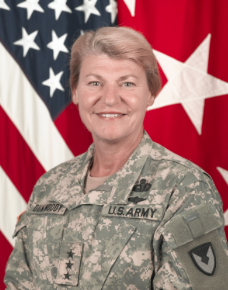
On January 14, 2011, former SUNY Cortland student-athlete General Ann E. Dunwoody ‘75 received the NCAA’s highest honor, the Theodore Roosevelt award. Recipients of the award are given annually to individuals “for whom competitive athletics in college and attention to physical well-being thereafter have been important factors in a distinguished career of national significance and achievement.” Gen. Dunwoody is no exception, she was a member of Cortland’s women’s gymnastics and tennis team and following graduation began a decorated military career. Her great military feats, such as becoming the first woman to command a battalion in the 82nd Airborne Division in 1992 and her service in Operation Desert Storm and Operation Enduring Freedom, called for her promotion as the first woman in history achieve the rank of four-star general in 2008. At the ceremony, U.S. Secretary of Defense Robert Gates stated, “History will no doubt take note of her achievement in breaking through this final brass ceiling to pin on a fourth star, but she would rather be known and remembered, first and foremost, as a U.S. Army Soldier.”
2008Jets Summer Training Camp
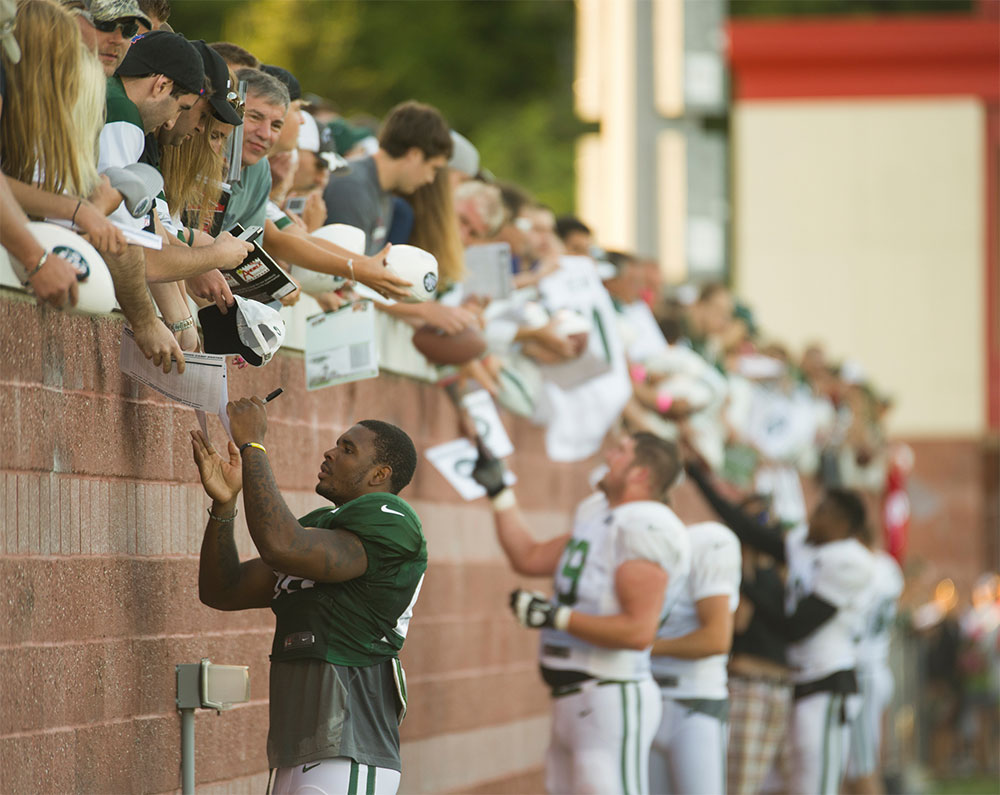
In 2009, the New York Jets under head coach Rex Ryan held their summer training camp at SUNY Cortland for the first time. In this first year on campus, the camp “attracted 34,000 spectators and generated $4.26 million in economic activity in Cortland County.” The Jets would return to Cortland in 2010, 2012, 2013, and 2014 before deciding to hold their training camp back home in Florham Park, New Jersey (the team did not return to Cortland in 2011, the year of an NFL lockout). According to Jets owner Woody Johnson, “SUNY Cortland felt like home because of the tremendous local support we received during our time there. President Erik Bitterbaum and Cortland's staff, as well as the families and businesses of Central New York, all went above and beyond to embrace our organization and create a comfortable environment for our team and fans. They always will be a part of our Jets family.” The 2010 training camp helped put SUNY Cortland into the national spotlight when it was featured on the HBO documentary series "Hard Knocks."
2009Paws for Stress Relief

Teri Vigars, from the College's Academic Support and Achievement Program (ASAP) created this program to provide a study break for students heading into final exam week. Faculty and staff lend their dogs for the event, which typically attracts more than 300 students each semester.
2010Educating Champions
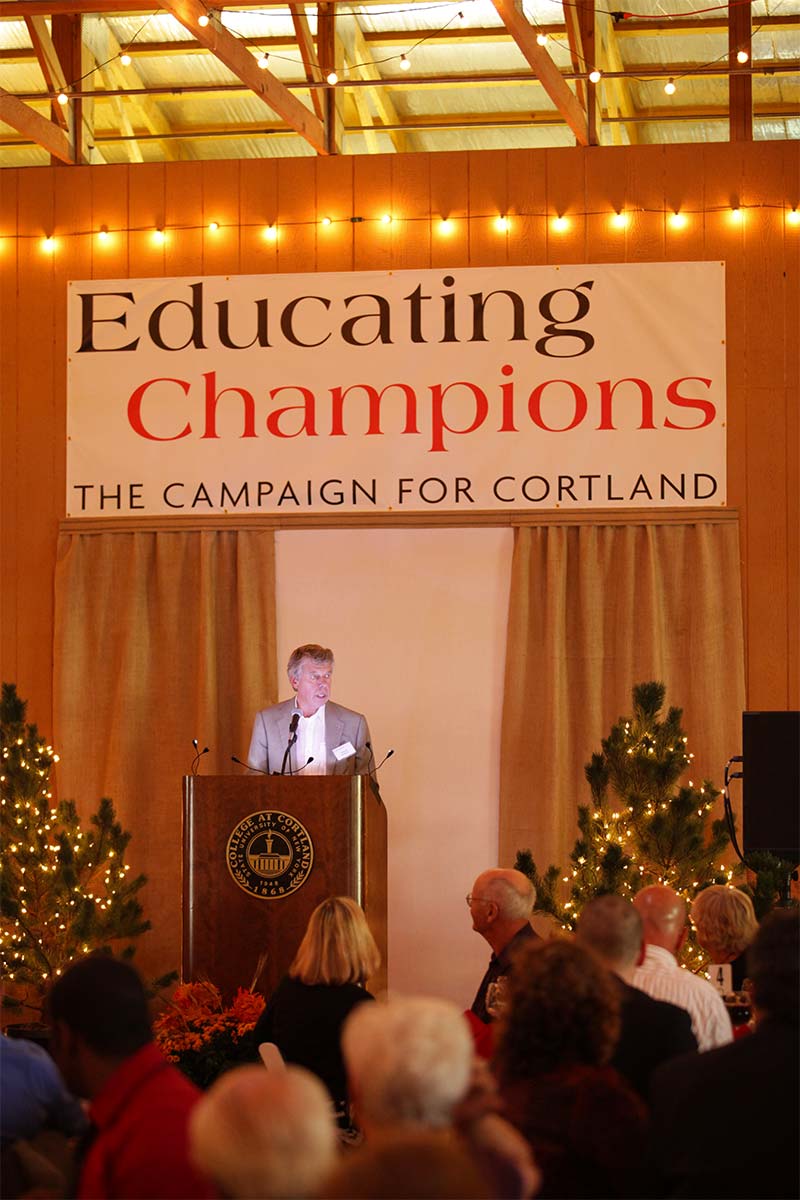
The College's second capital campaign, Educating Champions: The Campaign for Cortland, began its public phase on September 24, 2011 with the campaign kick-off banquet hosted by William L. Haines '63 at his Ledyard Farm in King Ferry, New York. A goal of $25 million, more than double the first campaign goal, was announced at the gala. By this point, the College had already secured during the campaign's silent phase, a sizable commitment from dedicated alumni, including a $6.2 million gift from John Fantauzzi '58, M '60 the largest gift in the College's history. Brian Murphy '83, health-care venture capitalist, chaired the College Foundation Board and enthusiastically applied his professional skills for his alma mater during the five-year campaign. By 2013, the campaign had raised a record-setting $27.5 million.
2011Tobacco-Free Campus
On January 1st, 2013 SUNY Cortland became the first SUNY campus to ban all tobacco products. President Bitterbaum’s goal was to promote a healthier campus culture and eliminate secondhand smoke and tobacco debris on campus grounds. President Bitterbaum announced the policy to campus on July 25th, 2011, and it took effect beginning January 1, 2013. The lag allowed individuals time to prepare for the change.
2013Master's Degree in Sustainable Energy Systems
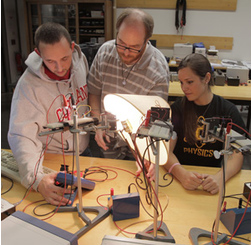
As part of the College’s commitment to renewable energy and sustainability, President Bitterbaum supported a faculty proposal to establish a Master’s degree in Sustainable Energy Systems. The program is unique within the SUNY system and has a focus on the practical application of renewable energy technology to support the development of high-paying “green collar” jobs in Central New York.
2013Adirondack Trailblazer Program
This innovative program for incoming students provides a wilderness pre-orientation experience. The first cohort included eight students, dubbed the “Elite Eight,” led by Associate Professor of Recreation, Parks and Leisure Studies Amy Shellman with adjunct recreation instructors. Since that first cohort, the program has gained popularity. In 2015 Assistant Director of Recreational Sports Jason Harcum and his Outdoor Pursuits staff assumed responsibility for the Trail Blazers program. The Fall 2017 cohort included more than seventy new students who participated in the ropes course, canoeing, backcountry camping and hiking and discussions focused on college success and transition.
2013Campus Converts to 100 Percent Renewable Energy

In the fall of 2013, SUNY Cortland became the first SUNY campus to operate all of its facilities using 100 percent renewable electrical energy. In pursuit of this goal, the college installed 3600 solar panels on campus and committed to purchase a large amount of renewable energy credits. Other sustainability initiatives include utilizing geothermal energy to heat and cool the Professional Studies Building, a switch from diesel-fueled busses to cleaner propane-fueled “Dragon Busses,” a community bicycle program that allows students to borrow bicycles free of charge, and a move to purchase more local food for campus dining establishments.
2013Tree Campus USA
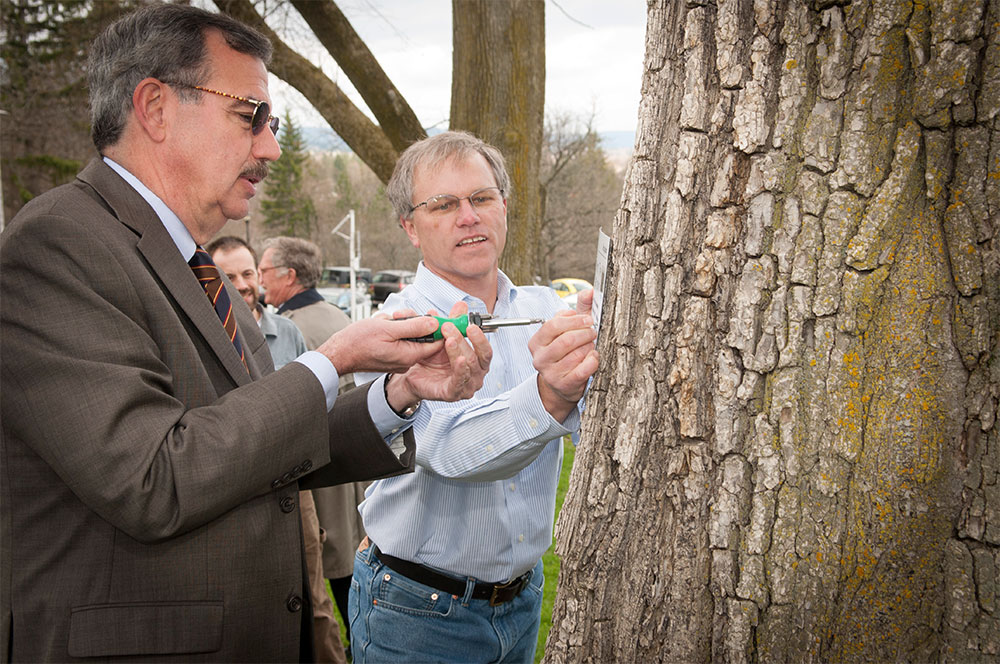
Beginning in Fall 2012, Biology Professor Steven Broyles and his students inventoried trees on campus. Two years later, their efforts allowed SUNY Cortland to be named a part of Tree Campus USA. This organization recognizes universities and colleges that effectively manage trees and teach students about them. Cortland’s campus has over forty-nine varieties of trees, including Accolade Elm, Amur Corktree, Black Gum, and the Colorado Blue Spruce.
2014First Chief Diversity Officer
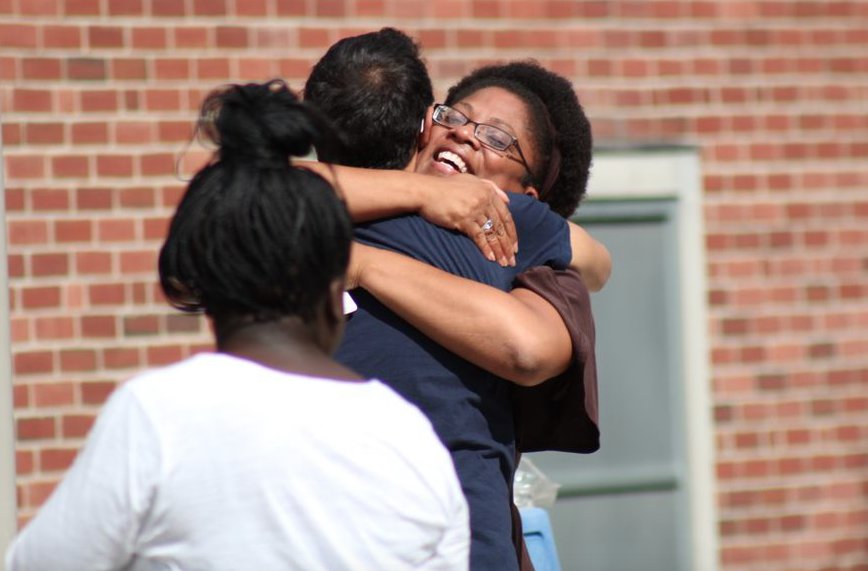
President Bitterbaum named the College's first chief diversity officer to ensure that the diversity, equity, and inclusion needs of Cortland and SUNY were being met. Dr. Noelle Chaddock, and then in 2017, James A. Felton III served in this role. The position was named at a time when the student body was increasing in its diversity. By 2016, African-American students comprised 5.8 percent of the student body (up from 4.8% in the 2014-15 school year). The biggest increase in campus diversity came from Hispanic students, who were 3.1 percent of the student body in 2004 and 11.4 percent in 2016. In Fall 2017, 24 percent of the entering class identified as members of a group not represented earlier. That semester, 24 percent of SUNY Cortland’s undergraduate students were of color.
2014Student Life Center Opens
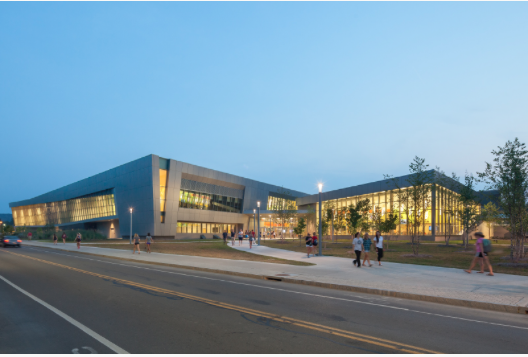
The Student Life Center is a dynamic, multi-purpose recreational building that was opened in March of 2015. The $56 million facility was made possible by funding secured by Senator James L. Sweard, R-Oneonta, Assemblywoman Barbara Lifton, D-Ithaca, and Martin “Marty” Mack M ‘76, a graduate who is well-connected in New York state government. This new facility brought in a wide range of activities to Cortland students, faculty, and community members. The Student Life Center offers a variety of features including fitness rooms, weight rooms, a recreational swimming pool, a three-court gymnasium, rock climbing wall, spinning room, and many other features.
2015Outdoor Pursuits
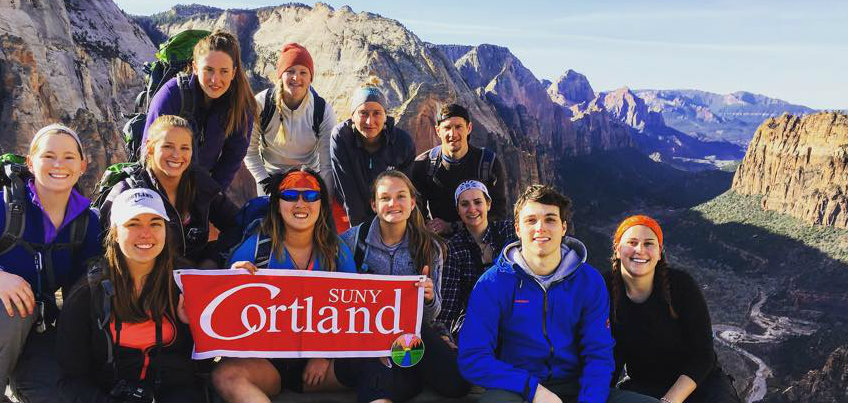
Outdoor Pursuits offers a “transformational education” for students through a variety of local, cross-country, and soon-to-be international trips. Established as part of the Student Life Center, Outdoor Pursuits connects students and faculty to the outdoors. Its programs encourage participants to step outside their comfort zone while building a positive and inclusive community. In addition to trips, Outdoor Pursuits focuses on five other program areas: Adirondack Trailblazers, workshops, outdoor gear rental, the Cortland Bike Project, and rock climbing.
2015Sierra Club Rating
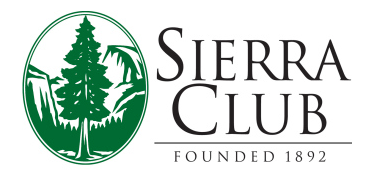
The Sierra Club recognized SUNY Cortland for the College’s successful integration of environmentally-friendly practices at all levels of college life. As of 2017, the campus ranked in the Sierra Club’s top 100 “Cool Schools” list for its ability to reduce waste, educate on living green, and more. Recognition from this distinguished organization, which supports environmentally-friendly legislation and protects millions of acres of land, shows the campus’ dedication to the environment and is, according to President Bitterbaum, “...a tribute to all of the dedicated faculty, staff, students, and alumni of SUNY Cortland.”
2016President Bitterbaum Appreciation Night

On February 3rd, 2016 “President Bitterbaum Appreciation Night” took place at the Cortland-Buffalo State basketball game. The night was a reflection of Bitterbaum’s popularity among many students as hundreds of students donned t-shirts with Bitterbaum’s face and cheered for him from the bleachers.
201650 Years of Campus Police
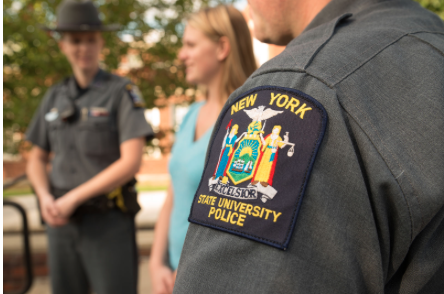
The 2017-18 academic year marks University Police's fifty years on campus. During its half century, the department's functions and identity transformed from a security and public safety model to a full-service police force. In 1999, the office of Campus Public Safety transformed into what we know today as University Police. This change reflected the department's new responsibilities and outlook. In 2003, President Bitterbaum appointed a task force to study the issue of allowing university police to carry guns. Fall 2004, over some opposition, Bitterbaum approved the arming of university police. Cortland and Geneseo were the last two comprehensive SUNY Colleges to arm their university police forces.
2017-18